ACCESS

Forged In fire
SPRING 2024 the hidden rooftop oasis where art thou?
ISSUE
HIDDEN GEMS
03
Walking on campus through 7th Street is always so lively because of Greek life, Associated Student and club tabling events. During my time at San José State University, there are still buildings I haven’t had the time to explore, filled with some of the most underrated clubs and facilities. This issue of Access highlights only some of the many hidden gems waiting to be explored on campus.
This is the last magazine I will be working on as the executive editor for Access. I’m a bit sad to officially part ways with the magazine after two years but I am glad to have served my time and am excited to see it flourish after my departure.
Access is constantly compared to the other student-run organizations so my hope is that it will soon be recognized as its own individual publication. The amount of times I had to tell people this magazine is not the Spartan Daily or The Spear this semester was disheartening.
What I have learned in my time working for this magazine is that teamwork, communication and empathy are three of the most important qualities to keep an organization thriving. That is exactly what the stories in this issue emphasize.
There are gems hidden in plain sight and our staff dug deep to unveil some unheard stories that readers do not want to miss.
I hope this issue pushes our readers to go out and explore what could be right in front of them. But of course, Access magazine will forever be my favorite hidden gem.
Sincerely,
Executive Editor Tracy Escobedo


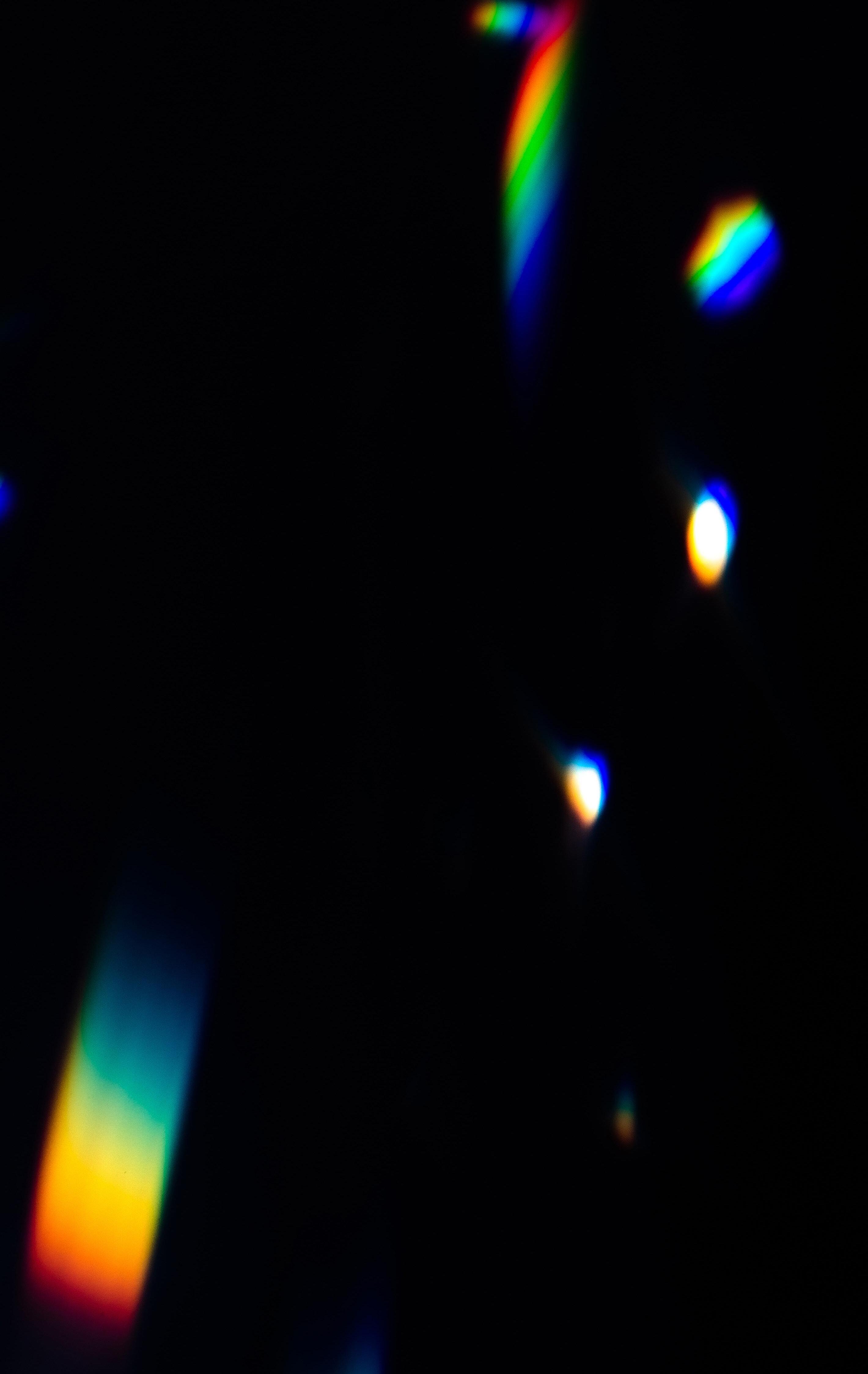
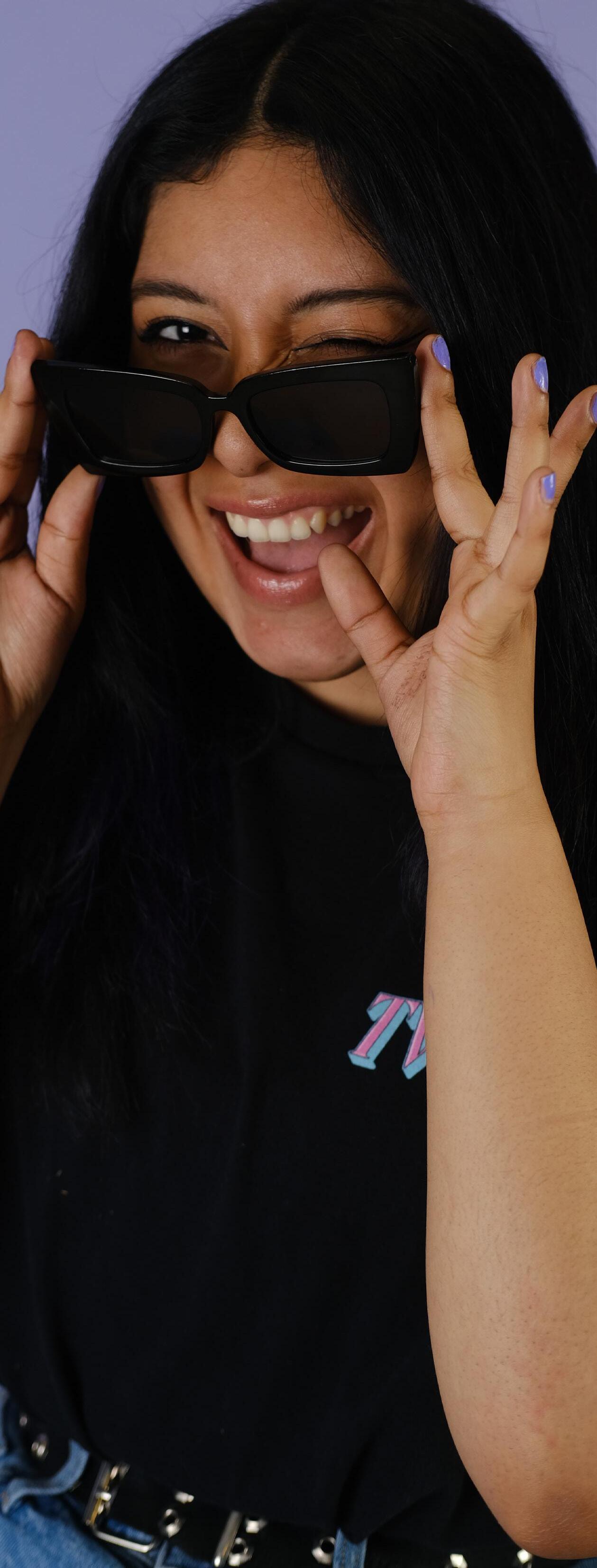

| ACCESS MAGAZINE | Spring 2024
Journalism senior Tracy Escobedo
Photo: Analyn Do







CONTENTS TABLE OF Forged in fire KSJS is on air Timeless Tunes Centers of Diversity Sipping and Studying Spring 2024 | ACCESS MAGAZINE | 3 From Black and White to the Iridescent WHERE ART THOU? THE HIDDEN ROOFTOP OASIS Chasing the Checkered Flag 4 8 30 10 14 18 18 22 12 26 28 THE ACCIDENTAL GEOGRAPHER THE LEADERS OF THE SPARTAN COMMUNITY
Front cover: Child development senior Maleah Wilson
Photo: Tracy Escobedo
FORGED IN FIRE SPOTLIGHTING THE GUILD AT SJSU
Sophia Sipe Staff Writer @sophiasipe
First, a glob of stiff wax is shaped and encased in thick plaster. Then, it’s blasted with fire until the wax dissipates and a rock-hard mold of a small circle is formed.
Next, carefully, meticulously, molten metal is guided around the mold, into the divots, coating the space like a layer of shiny silver paint. Then it’s cooled until the liquid metal forms a solid circumference.
The ring is complete, ready for finishing touches before adorning a slender finger.
This craftsmanship is happening in room 210,
“discreetly secluded in San José State University’s (SJSU) art building. There lies a small community of jewelers and metal-workers where they craft, cast and fire handmade pieces of wearable art. Made by student hands, for student hands.
The Jewelry and Small Metals Guild (JSM).
Drawing its name from the Anglo-Saxon word “geld” meaning “to pay or contribute,” SJSU’s JSM Guild dedicates their collegiate careers to supplying the university with innovative one-of-one pieces.
In medieval Europe, historians recognize guilds
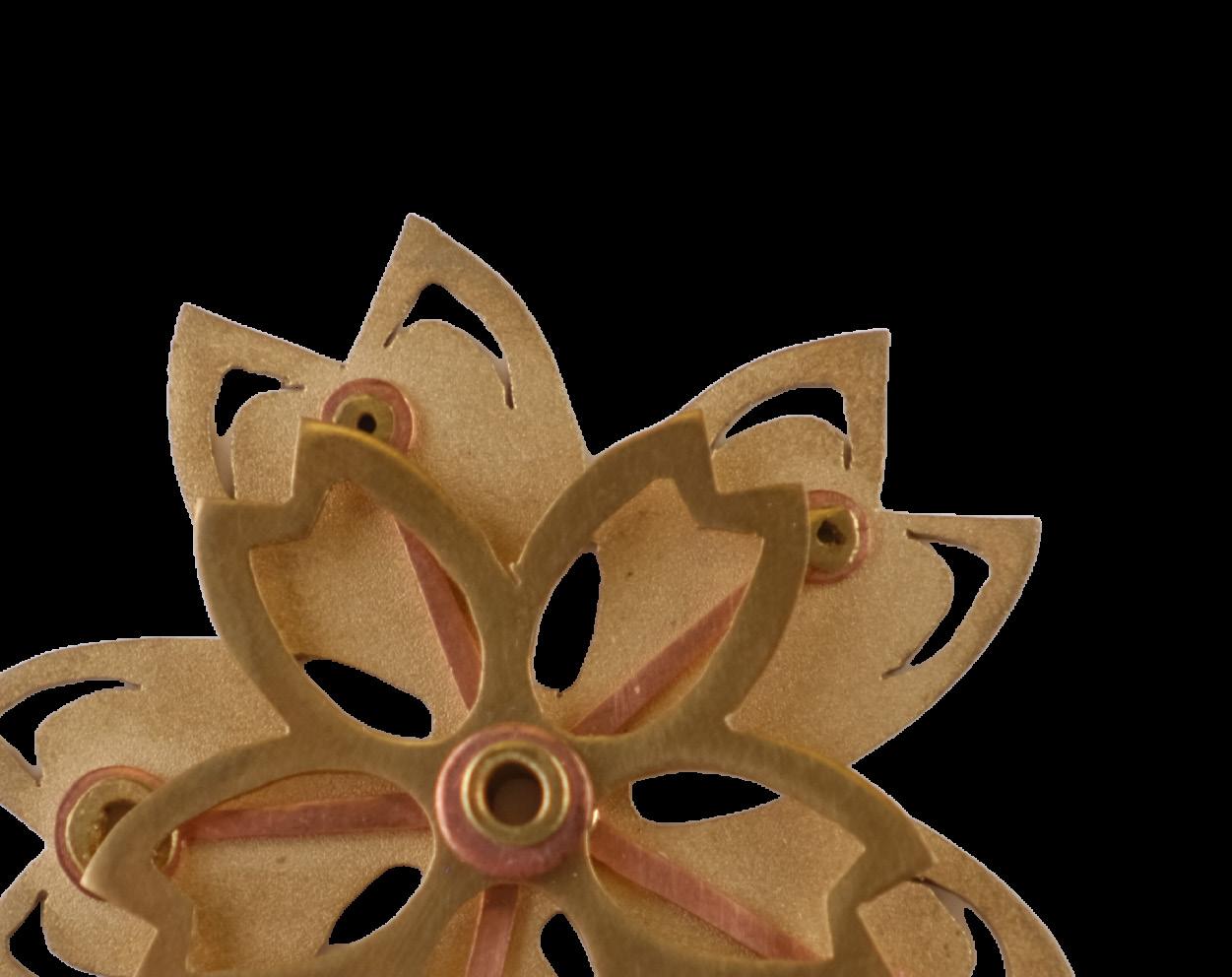
We built a really strong community, which means everything we learn, we teach other.
”Cynthia Yadira Gonzalez MFA spatial art senior


4 | ACCESS MAGAZINE | Spring 2024
Art piece: Winnie Liang

as famously bringing craftsmanship and artistry to communities. Today, the guild’s work consciously promotes creativity. It’s more than just a unified group of student workers — it is an intersection that connects every type of student, from the fashion kids, to the art lovers.
” I feel like we’re just the campus’ little secret.

“Cynthia Yadira Gonzalez MFA spatial art senior
JSM Guild president and fine arts graduate student, Cynthia Yadira Gonzales, proudly boasts their love for the guild. While it’s small, they’re constantly there for one another.
“We built a really strong community, which means everything we learn, we teach each other,” Gonzales said. “But I feel like we’re just the campus’ little secret.”
The guild is a homogenous mixture of current students and alumni. Following the COVID-19 pandemic, it survived with a skeleton crew of only four workers, according to Gonzales.
In addition to providing otherwise necessary resources like alloy and metal tools, the guild supports its members through education and friendship. A safe
space for creators of all levels, the organization swiftly takes out expensive middlemen to simplify the creation processes.
“If students need silver or stones, or things that they’d need a third person to buy, we have it on hand,” Gonzales said.
Members attend monthly meetings where guest artists are invited to speak and teach. Students can also opt-in for Tuesday night lectures, hosted by the art department, where they have the opportunity to learn specialized lessons like metal engraving.
Conjunctively, many members of the JSM Guild are enrolled in metal works classes to perfect their skills. While they aren’t mandatory, they’re highly encouraged as they teach the fundamentals.
Since, they’ve been actively recruiting new members with various events including workshops,
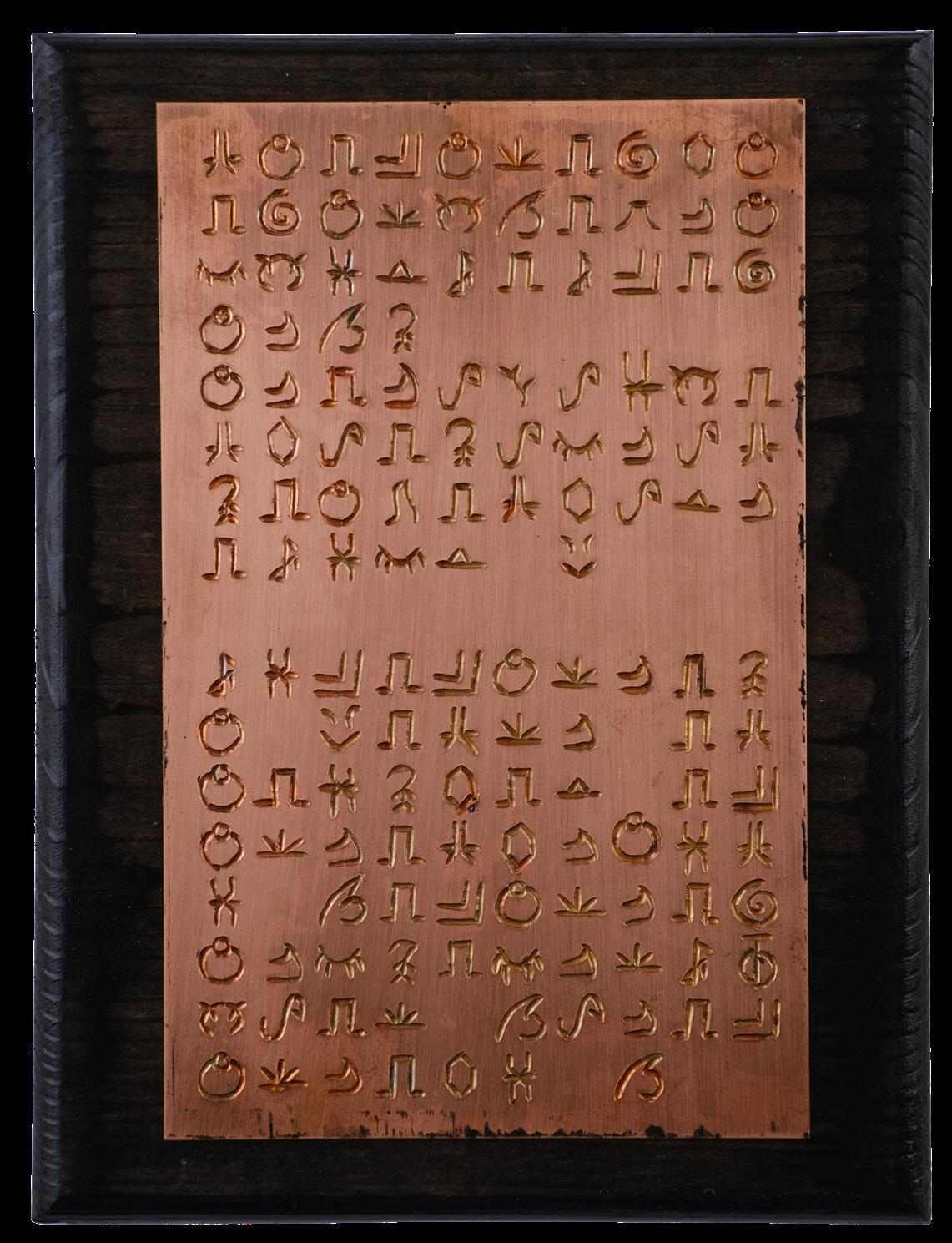
Spring 2024 | ACCESS MAGAZINE | 5
Art piece: Winnie Liang
Art piece: Andrew Marovich
movie outings and oncampus sales. While a portion of the profit is kept by each individual seller, collectively 20% of sales goes towards the organization. These funds allow members to be a part of conferences, in which they submit pieces for sale, participate in workshops, network and collaborate with one another. Five members of the JSM Guild were taken on a roadtrip to a conference in Yuma, Arizona last year.
“It was a really bonding experience,” Gonzales said. “In Yuma it’s not jewelry focused, so there’s wire and metal workers, clay artists, painters and photographers, they teach us their knowledge.”
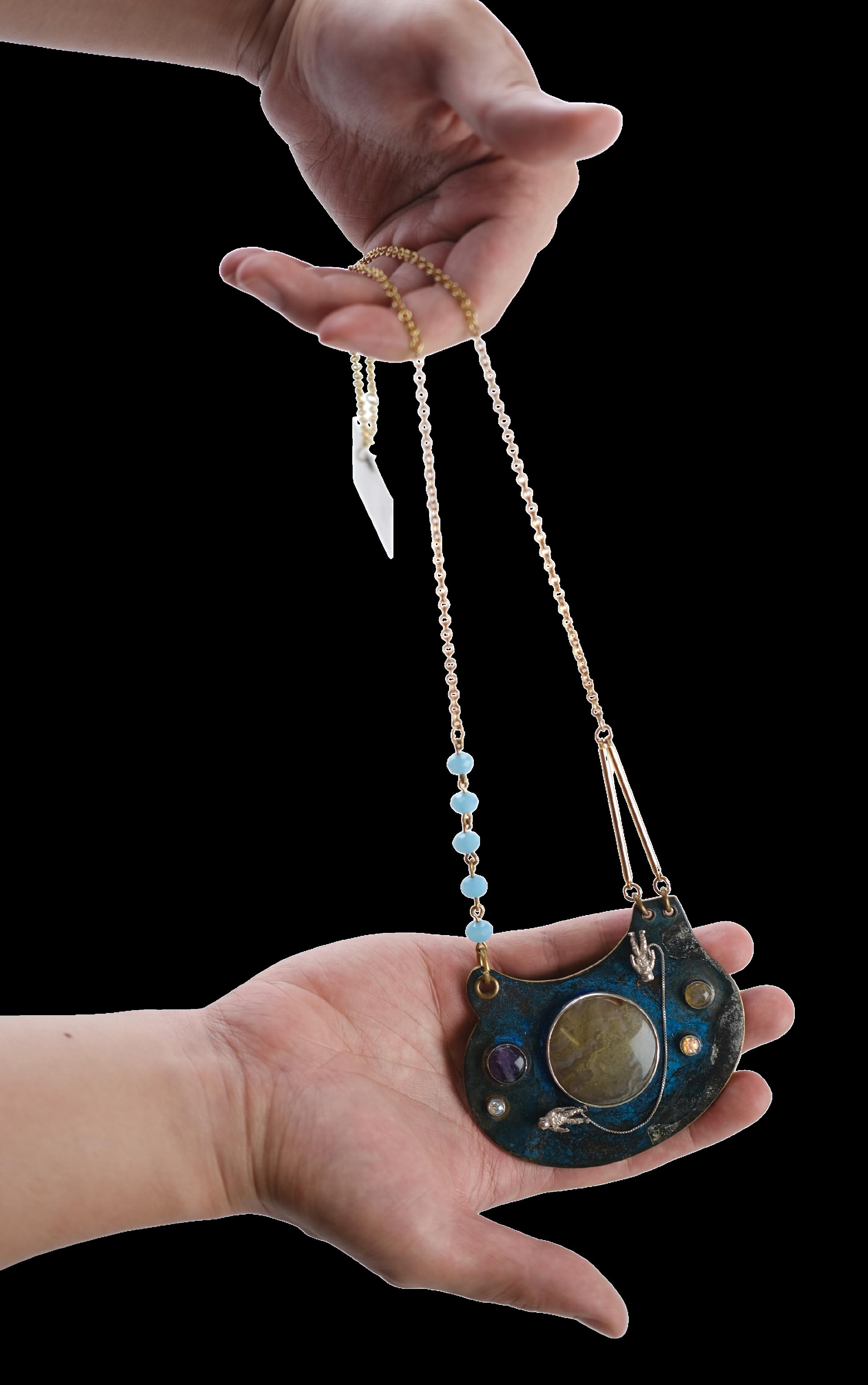
Aside from events, students are taught the labor-beckoning processes of jewelry creation inside the classroom. Because while rings and earrings can appear small, the amount of work poured into them is just the opposite.
“If anything, I just wished people gave handmade jewelry more respect because it takes a long time to design, plan and execute,” digital media art senior Winnie Liang, secretary and social media liaison of the JSM Guild said.
From casting molds of hardened wax to melting metal until bubbly, one piece can take up to a week at a time.
And to the creators behind them, it’s more than just a piece of metal — it’s a vessel for connection.
“There’s art everywhere around us and it connects us all in ways we never even notice.
Winnie Liang Digital media art senior
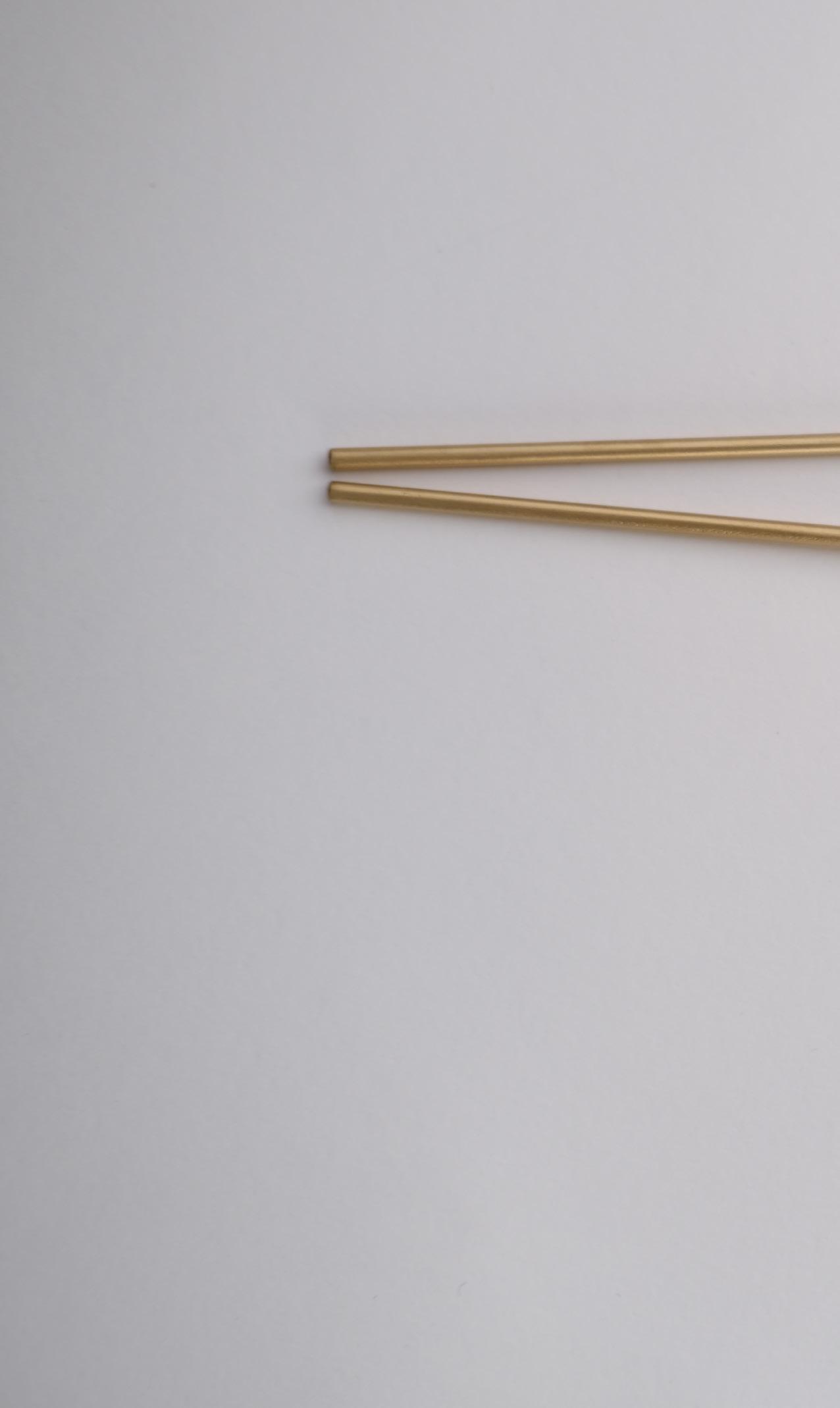



6 | ACCESS MAGAZINE | Spring 2024
Art piece: Lydia Rae Black
“There’s art everywhere around us and it connects us all in ways we never even notice,” Liang said. “No matter where you look, there is a profound aesthetic in everything, down to the ways atoms align themselves to the trillions of stars in the sky.”
It’s easy to forget to witness the brilliance in everyday things. But for JSM Guild members, they recognize it daily. They do it when they plan a new project. When they fire a newborn piece. When they crack open a solidified mold.

“I genuinely enjoy the process of crafting in metal,” mechanical engineering senior Patrick Chiu, JSM Guild vice president said.
After being shaped and bent, soaked and blasted, a ring shaped by hardworking fingers sits atop a new palm. It’s slipped onto a slender finger, and interlocked by a significant other, to-be caressed by a parent.
“I called it a faith, a kind of religion that I put upon myself for me to learn and master,” Chiu said.
“No
matter where
you
look,
there
is a profound aesthetic in everything, down to the ways atoms align themselves to the trillions of stars in the sky.
Winnie Liang Digital media art senior



Spring 2024 | ACCESS MAGAZINE | 7
Photos: Analyn Do
Art piece: Winnie Liang
Art piece: Patrick Chiu
Centers of DIVERSITY
Marie Aquino
Copy Editor @oneandonlymarl
As a diverse campus, San José State University (SJSU) aims to uplift and embrace the variety of cultures students identify with. The Diaz Compean Student Union holds several student centers dedicated to providing resources, programs and a supportive community.
Chicanx/Latinx Student Success Center (Centro):
“We get to meet people and have the ability to build bridges with people and build community,” Chicana and Chicano studies junior Ramon Rios, student success leader said.
The Chicanx/Latinx Student Success Center, also known as Centro, provides programming and support services designed to enhance Latinx/a/o student success. The Adelante Mentorship & Leadership Program helps first-time Latinx/a/o freshmen transition from high school to college. The success center also has various campus and community resources, along with scholarships available to Chicanx/Latinx students.

Center for Asian Pacific Islander Student Empowerment (CAPISE):
“[I love] seeing the excitement of ‘Oh my gosh. I’m here. I’m present and I see myself,’” psychology junior Simran Singh, CAPISE community organizer said. “Yes, we see your identity. We also see you as an SJSU student.”
The Center for Asian Pacific Islander Student Empowerment (CAPISE) initial goal is to advance and support the needs of Asian and Pacific Islander students by using campus advocacy and student empowerment. The center encourages students to take pride in their identities, experiences and skills.
MOSAIC Cross Cultural Center:
“We’re an all-inclusive center,” radio television and film junior Max Martin, MOSAIC cultural programmer said. “We’re not tied to a specific identity, we’re just here to support people who don’t have another space,”
MOSAIC Cross-Cultural Center is the oldest student center on campus. The center was born out of student advocacy and aims to bring a healthier and more equitable environment on campus. MOSAIC has one of the only prayer and meditation spaces for SJSU students and faculty. The club hosts open mic events and the MOSAIC Station podcast created by faculty and cultural programmers.
8 | ACCESS MAGAZINE | Spring 2024
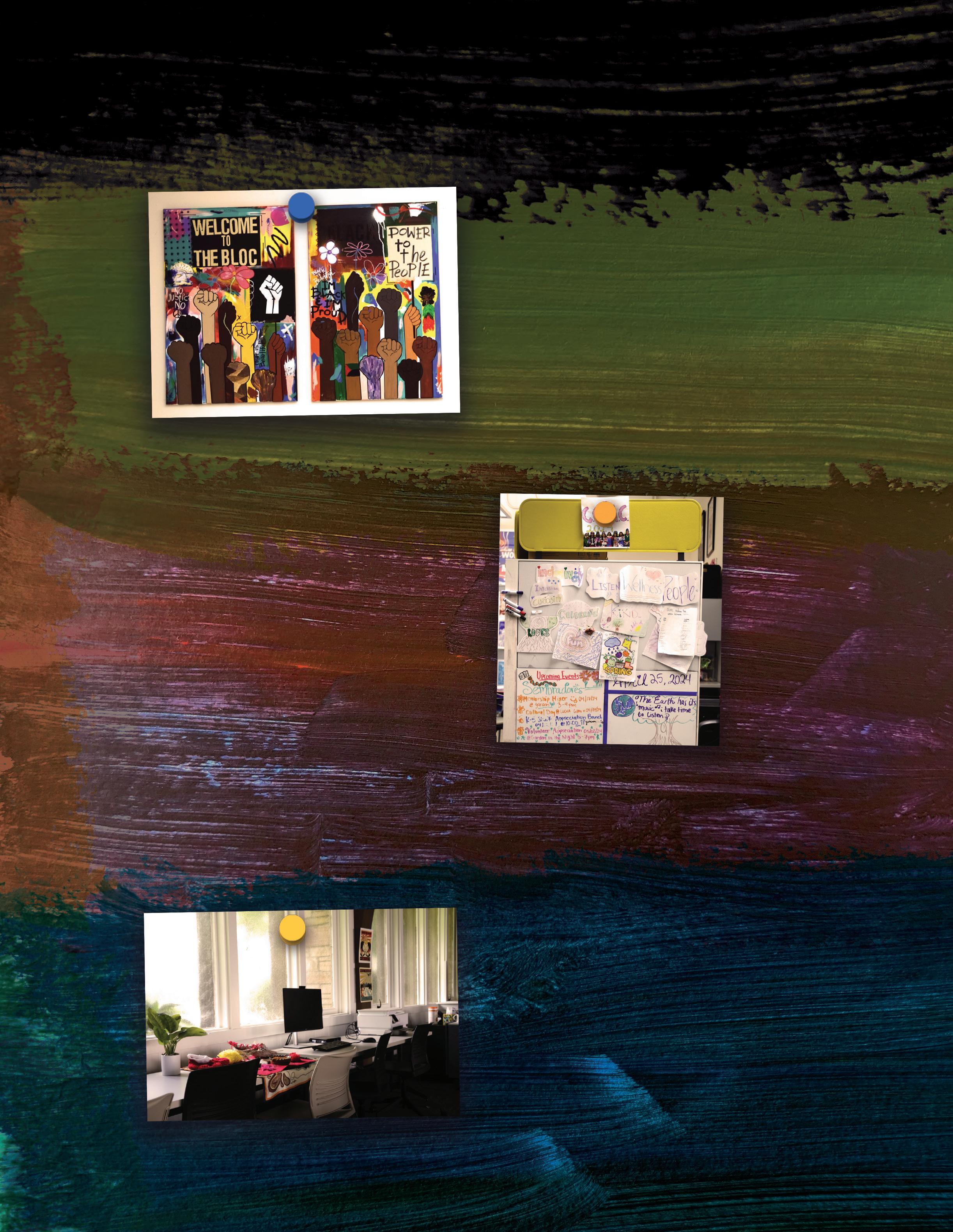
Black Leadership and Opportunity Center (BLOC):
“We know our identity is not a monolith so it’s really that space, that melting pot of blackness where Black faculty, staff and students can come together and be in community and be understood,” BLOC program director Emerald Green said.
Since its opening in 2018, the Black Leadership and Opportunity Center (BLOC) has been dedicated to providing a space and opportunities for the Black students at SJSU. BLOC has several programs and events for Black spartans to partake in, such as the New Black Spartans Institute to help aid the new freshmen Black spartans and the Black Alliance of Mentoring program (BAM). The center does not work alone, as it works in partnership with the recognized Black student organizations of SJSU.
Cesar Chavez Community Action Center (CCCAC):
“You get more involved in campus, you get to attend all the different events and help out within the community,” child and adolescent development sophomore Isabel Osorio, Sembradores program assistant said.
“We’re just involved now, more than we were before, and I think we’re finding ways to use our position to give back to the community,” political science junior Wahhab Salemi, event and outreach program assistant said.
Associated Students department, the Cesar Chavez Community Action Center (CCCAC) connects students with civic engagement opportunities to promote the commitment to civic engagement/ activism at the heart of the Cesar Chavez legacy according to SJSU’s website. The CCCAC also has a community garden where students can learn how to grow food and harvest organic and free produce.
Native American Indigenous Student Success Center (NAISSC):
“We’re all very diverse and have various celebrations, traditions, etc and I think part of the center is to highlight a little bit of that and bring people together in this space,” program director Elisa Aquino said.
The Native American Indigenous Student Success Center (NAISSC) recently opened its doors in what used to be the Spartan Memorial Chapel. This student center was created to support and provide a community for Native American Indigenous students and those who want to learn more about the Indigenous community, according to the SJSU website. NAISSC aims to have a bigger opening ceremony alongside their tribal leaders in the fall. Photos: Analyn Do
Spring 2024 | ACCESS MAGAZINE | 9

STUDENTS KEEP RADIO ALIVE ksjs is on air ksjs is on air
Jillian Darnell Content and Copy Editor @jillrosied
KSJS 90.5, San José State University’s (SJSU) radio station, celebrates its 61st anniversary this year commemorating decades of serving their community with fast-paced information and uplifting local music artists.
KSJS is a student-run radio station on campus that reports public service announcements, live sports statistics and traffic reports. The organization serves the community at large by broadcasting live emergency announcements, specialty programs for media-neglected groups and striving to include underrepresented music on their platform that typically isn’t found on commercial radio.
Kimb Massey, faculty advisor to KSJS, said that the station aims to provide new or non-commercial music genres to its audience in the Bay Area.
“Our student music directors, their teams and our KSJS DJs work very hard to cultivate their shows and playlists to make sure audiences get access to a wider variety of content beyond what is deemed ‘commercially viable,’” Massey said.

Currently on the KSJS website, the station highlights hip-hop, sub-rock, jazz, electronic and Latin music genres. The broadcast signal covers several cities all over the Bay, from Gilroy to Berkeley.
With music debuting on multiple platforms from streaming services to social media apps, it begs the question of how radio maintains its relevance in the digital age. According to Massey, radio stations are an essential service to the community that won’t be dying out any time soon.
“The art of radio hosting as a means of self expression.
Vincent Iannelli Finance senior
”
“It is an ongoing myth that radio is an antiquated medium that’s going to die,” Massey said. “It is portable/mobile, it is accessible, it doesn’t take a lot of resources to produce and most importantly, it has solidly established itself as a local medium serving local communities. The successful formula for keeping ‘radio alive’ is to keep people involved in the production of content, and to keep it local and relevant.”
Nick Martinez, general manager of KSJS, said that streaming services like Netflix and Spotify run on algorithms that promote what it believes the audience wants, while KSJS broadens that horizon for music consumers.
10 | ACCESS MAGAZINE | Spring 2024
“There’s been this real need for people to know our real wants and desires is for people to say ‘Oh wow, this is a good song. Let me listen to it,’” Martinez said. “[And] You can’t fast forward it on the radio. If you’re impatient you got to wait.”
Martinez also said with radio there are live DJs on the scene that people can call to have that connection and community on the radio.
With an independent, student-run radio station the responsibility of choosing the music that goes on air lies in the hands of the students. Student DJs are given a show and time to air the music they want as long as it meets the Federal Communications Commission’s (FCC) standards.
These standards typically involve ensuring that music is “clean” with no inappropriate language on air and that radio operators are licensed.
Martinez said that students select music artists that fit the vision of their individual shows and music they consider as good.
“We’re gonna do it in our own way,” Martinez said. “We’re gonna have our own style in our own colors. [That’s why KSJS] colors are black and white. We’re not like blue and gold [like the SJSU colors], or anything like that. We have our own logo.”
Finance senior Vincent Iannelli is a music manager for KSJS and runs a show titled BugFM, with his co-host Louie Degroot where they feature ambient, intelligent dance music (IDM) and glitch music.
“KSJS has pushed me to dig further into music I tend to listen to as well as challenge me to listen to things I wouldn’t have otherwise. It also opened my eyes to the art of radio hosting as a means of selfexpression,” Iannelli said.
KSJS has also been reaching out to the community by sponsoring local events and concerts that feature local music artists and allow fellow fans of the program to connect with one another.
“KSJS is essential to San José as it is the goto place to connect students interested in music,” Iannelli said. “One may assume that radio would be made almost completely irrelevant by streaming, but I think that its ease of access has allowed for deeper dives into niche sounds that were previously unavailable when there was only physical media.”





Spring 2024 | ACCESS MAGAZINE | 11
Interdisciplinery Engineering Miguel Angel Del Rio running a radio show at the KSJS studio.
Photos: Maya Pettiford

Collegium Musicum revives sounds of the Renaissance and Baroque era
 Loren Ball
Social Media Manager @lorenball_
Loren Ball
Social Media Manager @lorenball_
TIMELESS Tunes
San José State University’s (SJSU) School of Music and Dance consists of many departments such as instrumental performance, jazz studies, music education and more. Ensembles in the School of Music uniquely represent performance at home, on tours and at state and national conferences. An ensemble’s purpose is to provide a quality musical, educational and cultural experience for all participants.
Music performance senior Sarah Chavarria playing the violin.
History unfolds as SJSU ensemble Collegium Musicum, instructed by SJSU’s graduate coordinator Gordon Haramaki, takes center stage in the Renaissance and Baroque periods. It is a combined vocal and instrumental ensemble dedicated to exploring the music of the Middle Ages, Renaissance and early Baroque through performance.
“For this specific ensemble, the most interesting thing that I want other people to know is that they don’t need to audition to be a part of this,” aviation senior Alexander Mullane said.
“
” It’s been a learning experience for all of us and it’s very exciting.
Alexander Mullane Aviation senior
The era of Renaissance and Baroque music began from about 1600 to 1750. Mullane said that Johann Sebastian Bach and George Frideric Handel were the main composers of that era which consisted of the musical instrument, the harpsichord.
“Most vocal music from that era is generally what Baroque music is,” Mullane said. “It comes before Mozart essentially.”
Baroque music and its European history coincide with art styles as well. “It’s very highly ornamented, long and virtuosic which makes it more difficult to play. It sounds more complex than Renaissance music,” music education senior Lauren De Gruccio said.
Collegium Musicum performs in events such as the Kaleidoscope! and The Beethoven Ball. As stated on the SJSU website, Kaleidoscope! consists of over 350



12 | ACCESS MAGAZINE | Spring 2024
 Photos: Analyn Do
Photos: Analyn Do
Dr. Haramaki conducting the SJSU ensemble Collegium Musicum.

as non-music majors. The event is held at the Hammer Theatre every year in February.
“It’s a chance for all the different music groups in the program to perform two pieces and incoming music majors to get to know the program and see different user groups that we have to offer,” De Gruccio said.
Woman’s Club during the last weekend of April, highlights the early nineteenth century as attendees dress the part and dance to the music of Beethoven and his contemporaries. The SJSU event site states that Collegium Musicum performs alongside vintage dance groups such as Dance Through Time and The Academy of Danse Libre.
live music, dancing and its own party too. “I definitely wish that early music is appreciated more because it’s very different, not as dramatic and simple,” she said.
in order to prepare for events like the Beethoven Ball.
university program said “In terms of preparation, the music we read through is not difficult, but the hard parts are getting the style and idea of what the music is.” Wong continued, “This is where Dr. Haramaki comes in to let us know how they performed during that time.”
given in class during an orchestra or ensemble setting to prepare for the events. “I had never played music for
new for me,” Mullane said. “It’s been a learning experience for all of us and it’s very exciting.”
“I wouldn’t say this group is an easy group, but it is lot of fun,” Mullane said. “Dr. Haramaki is super nice



TheAccidental Geographer
Unathi Zibi Lebbie Staff Writer

San José State University’s (SJSU) provost and senior vice president of academic affairs. Vincent Del Casino, created and currently hosts a podcast titled The Accidental Geographer which focuses on professors from SJSU and their field of work.
“Starting out as provost and chief academic officer at San José State University, I quickly realized the wealth of talent among our faculty members,” Del Casino said.
The podcast started in 2020 when Del Casino found interest in the work of the professors on campus. He wanted a platform to openly share their contributions to the university with a wider audience, thus the podcast was born.
“My vision for the podcast was to spotlight individuals who were pushing boundaries in their respective fields,” Del Casino said. With SJSU being a diverse university, Del Casino aimed to capture stories from across campus.
“As provost, I have the privilege of accessing almost everyone’s files, which often leads to
delightful discoveries of exceptional work,” Del Casino said.
“Sometimes, it is a colleague’s recommendation or an article that sparks my interest, prompting me to reach out for a conversation.” The feedback from guests has been evidently positive.
“They appreciate the chance to discuss their research and its impact on teaching and community engagement, each episode brings unexpected insights and revelations, making the experience truly enriching,” Del Casino said.
The podcast also serves as a platform for sharing personal stories. Many faculty members share similar backgrounds or experiences with students, which adds another layer of connection and inspiration.
“The beauty of the podcast lies in its simplicity,” Del Casino said. “It is just me and the guest, engaging in an unstructured conversation.”
He believes that this approach fosters genuine connections and meaningful exchanges. The podcast


14 | ACCESS MAGAZINE | Spring 2024
is a celebration of the people who make up the university’s community.
“It is a privilege to connect with them, to understand their motivations, and to explore the questions they seek to answer and the problems they aim to solve,” Del Casino said.
Hospitality junior Claire Berzansky was not aware about the podcast but was interested in learning more about it.
“I have never heard of it but I might listen to it,” Berzansky said. Anthropology professor, Roberto J. González, a member of the San Jose State community, and guest on the podcast, was able to see the difference that sharing his work can make on students first hand.
“It’s
an innovative
idea to create a space where faculty members can share their work and engage in meaningful conversations about their interests.
“
Roberto J. González Anthropology professor
“It made me feel like doing more than I would have expected. The students took it upon themselves to research a village I had studied during my doctorate. It’s moments like these that remind me of the profound impact of genuine dialogue,” González said.
“It’s an innovative idea to create a space where faculty members can share their work and engage in meaningful conversations about
their interests. Del Casino’s diligent approach to understanding each guest’s journey adds a layer of depth that is truly unique,” he said. For González, the podcast represents an opportunity to democratize knowledge. “The title, ‘The Accidental Geographer,’ encapsulates a recurring theme in many episodes –the unexpected nature of research. Through these conversations, listeners gain insights into the many ways knowledge unfolds,” he said.




 Photos: Courtesy of The Accidental Geographer Provost and senior vice president of academic affairs Vincent Del Casino interviewing professors for The Accidental Geographer podcast.
Photos: Courtesy of The Accidental Geographer Provost and senior vice president of academic affairs Vincent Del Casino interviewing professors for The Accidental Geographer podcast.
A Student’s Guide to: Downtown San José’s Best Coffee Shops
Amaya Reynolds Staff Writer @amayareynoldss
Finals are near and coffee is needed when studying. Here’s a curated list of the top four coffee shops in Downtown San José recommended by fellow students.
Students said they preferred a cozy, inviting atmosphere for studying. They each described it as having their bubble, where they could enjoy their music and focus in a semi-quiet space. Their study preferences created the rank of these coffee shops.
is why it’s so popular for San José State University (SJSU) students.
No. 3 is Paseo Fresh, right in the Diaz Compean Student Union at SJSU. Moya often visits Paseo Fresh for her study sessions as well.
“With this already being a place for students to grab a bite, do work and hang out it already creates a nice study space,” Moya said.
Sitting right at No. 4 is Philz Coffee. Many people come in and out of Philz, playing loud music and the baristas are even louder. Yes, the coffee is good but partying and studying don’t go together when students are crammed during the week with assignments. Sociology senior Claudia Moya frequents Philz, but it isn’t her ideal study space.
“Philz is personally hard for me to study,” Moya said. “The music is often very loud, which is why I say it feels like a party.”
Foot traffic at Philz is quite overwhelming and it seems like they’re never not busy. “Being busy all day feels crowded and I don’t work well in a space like that,” Moya said.
Now onto the important part, how’s the coffee? Philz Coffee is good for that extra energy boost because they are on the stronger side of caffeine according to Moya. “They’re very unique drinks, I would say,” Moya said.
It is a taste not found in other coffee shops which
Given it’s already a busy environment and everybody is doing some kind of work, it allows you to also get into study mode knowing there are mainly students in the space. Paseo has many study accommodations such as group areas, outside seating and individual study areas.


“I prefer the high tables for seating one-to-two people. This gives me enough space for my devices and drinks,” Moya said.
Paseo Fresh offers coffee, tea, sandwiches and more. Moya’s go-to drink at any coffee shop is normally an iced coffee and when she goes to Paseo, she said it’s always ‘nice and fresh.’
“If I want a quick iced coffee and a good breakfast sandwich, Paseo is the first place that comes to mind,” Moya said.
Here at No. 2, we have Con Azucar Cafe, a Mexican cafe that supplies customers with the richness of Mexican culture in a cup of coffee.
“Inside there are quotes and flowers all over the place as well as a variety of music playing including


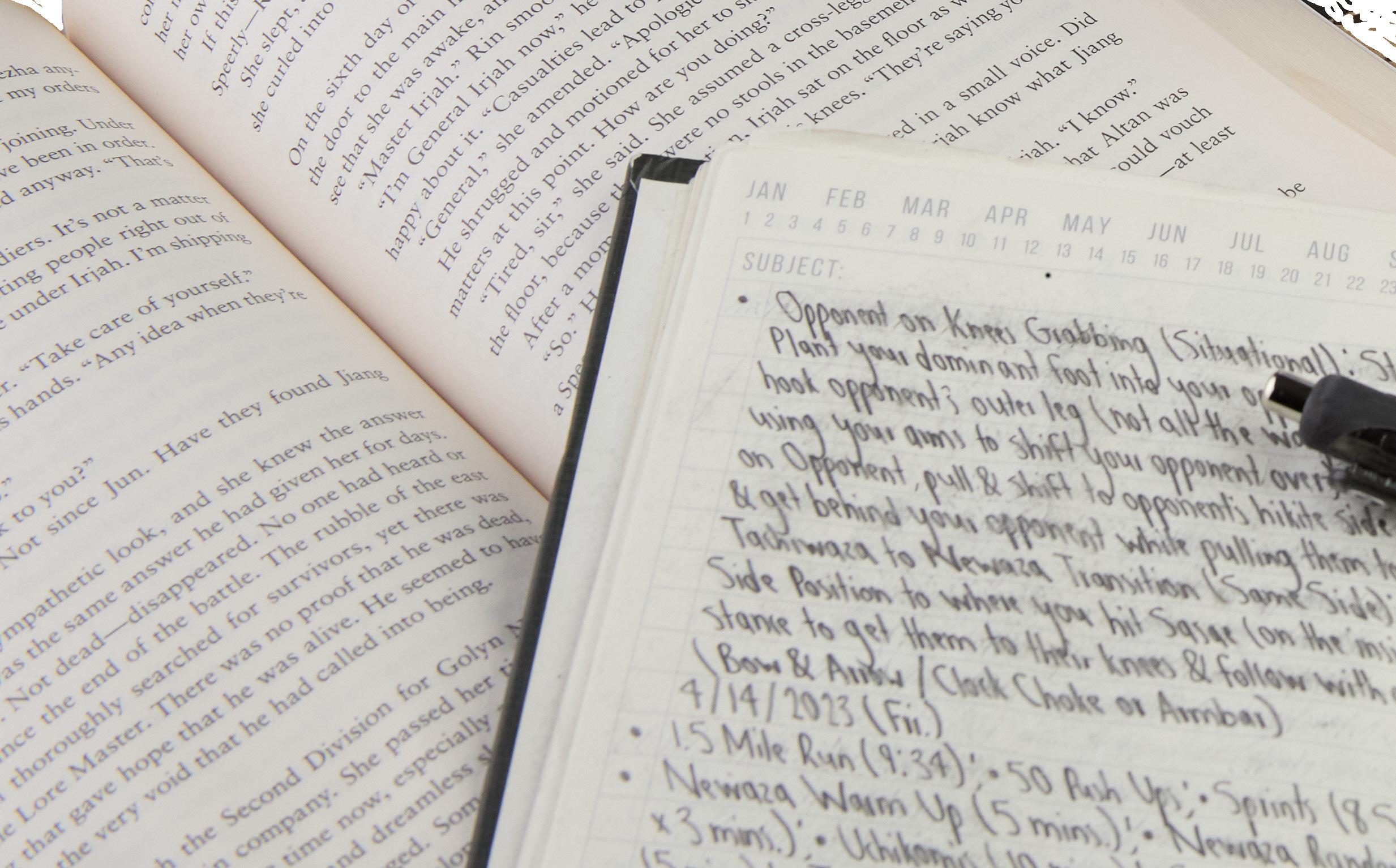
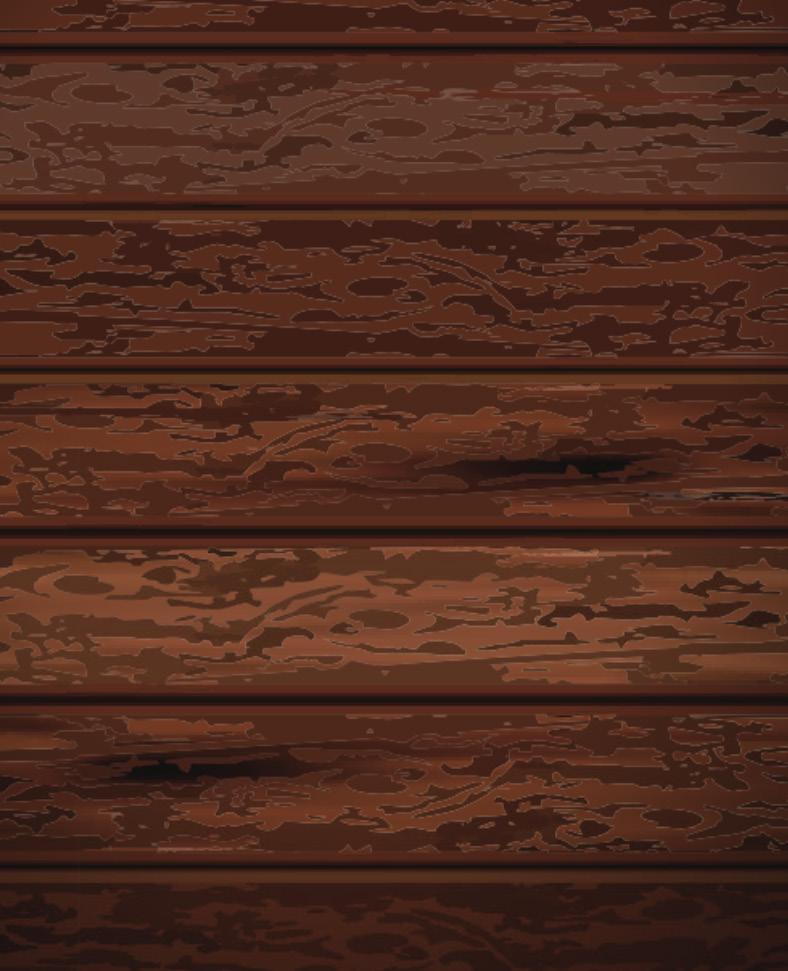
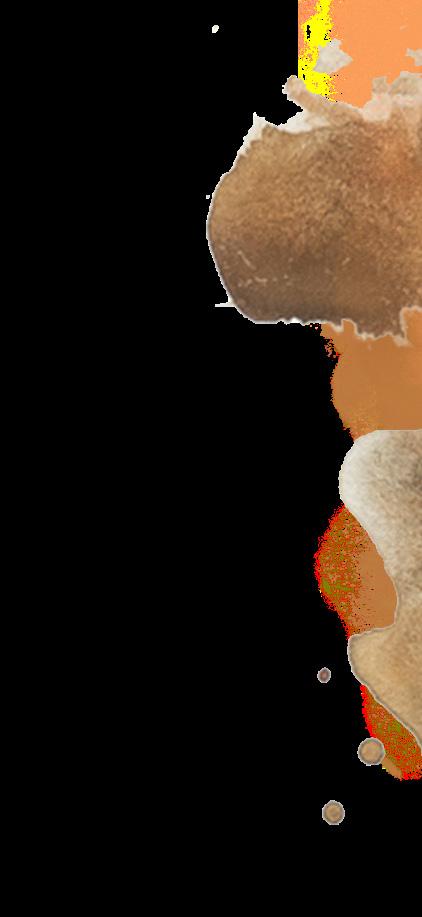 Sociology senior Yomaira Ramirez enjoying a cup of coffee.
Photos: Conor Uyekawa
Sociology senior Yomaira Ramirez enjoying a cup of coffee.
Photos: Conor Uyekawa

Spanish music,” business senior Karina Estacuy said. “As a Latina, the ambiance of Con Azucar makes me feel comfortable while studying.”
Although at times the music can be a little loud, Estacuy said it’s nothing to just put her earphones in and vibe to study.
“There’s a couple of study tables outside, but I haven’t tried them out yet,” Estacuy said. “I personally prefer to sit in a corner so I’m a little more isolated. I don’t like sitting in the middle tables because I feel more closed in.”
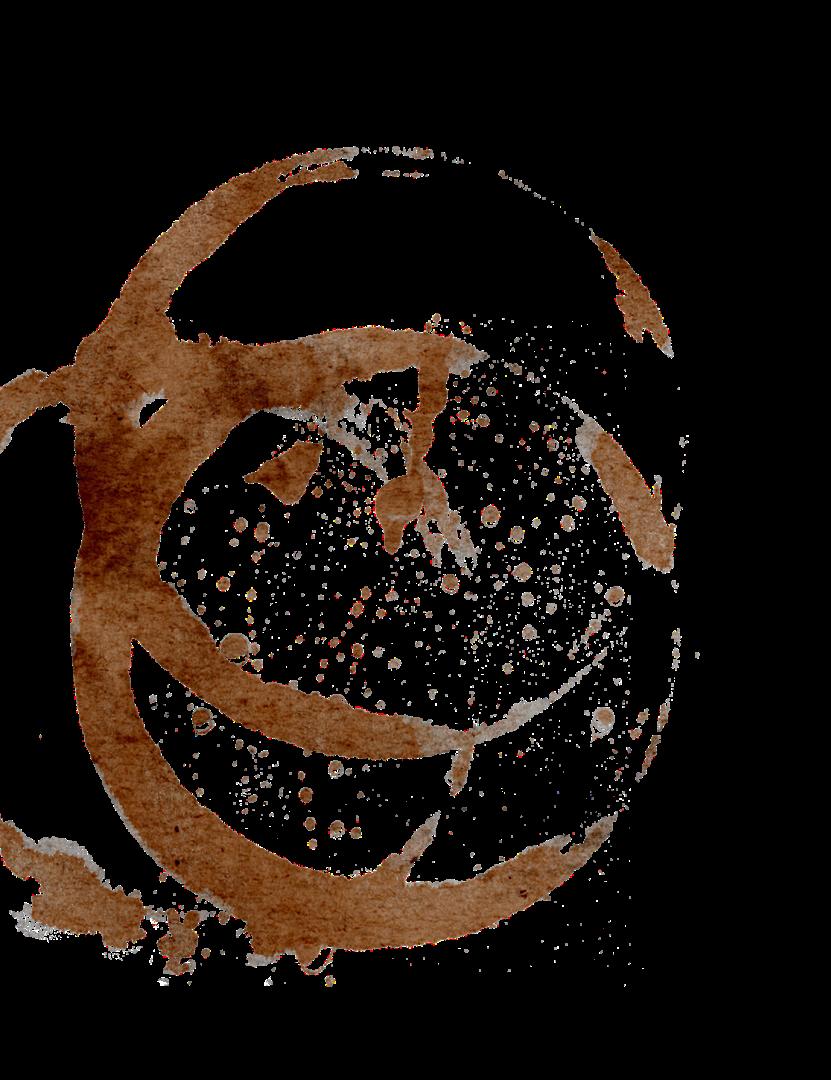
With finals right around the corner and everyone in a rush, there’s probably not much time to eat before a study session, but at Con Azucar they offer a yummy menu that has sandwiches, pan dulce, and of course delicious conchas. “If you’re gonna be here for four hours and need a full meal, they have sandwiches and if it’s just quick they have small snacks,” Estacuy said.
“I love the coffee here,” Estacuy said. “They have so many unique options like horchata lattes and dulce de leche. Also, they have your basics and non-coffee drinks like tea and aguas frescas.”
Last but not least at #1 is Nirvana Soul, a black-owned and women-owned coffee shop in
” As a Latina, the ambiance of Con Azucar makes me feel comfortable while studying.
Karina Estacuy Business senior
”
Downtown San José connected to the Martin Luther King Jr. Library. Business management senior Robert Cleveland III named Nirvana Soul as his No. 1 place to study.
“I like Nirvana Soul because the colors and lighting offer a calm space, noise isn’t normally a problem at Nirvana Soul, the music is always chill and the loudest part there is the workers, and they’re not even that loud,” Cleveland III said.
Nirvana Soul also caters to all types of studygoers. “They have an area called the ‘Mezzanine’, which is a section separated from the coffee shop and you can study there,” Cleveland III said.

Not only is Nirvana Soul accommodating when it comes to students’ study needs but their coffee is also ‘top-notch’ according to Cleveland III. Nirvana Soul’s baristas have made it a point to take their time when making their drinks and small eats. Their menu is curated to push out new drinks every couple of weeks. The “B’s Tea” is one of Cleveland’s favorites, a mint tea with peach flavoring, steamed lemonade and honey.
After exploring the top coffee shops in Downtown San José, it’s clear that each spot offers a unique atmosphere and caters to different types of students. Whether a cozy, bustling, artistic, sophisticated or all-around exceptional setting is preferred, the perfect coffee shop is waiting out there.
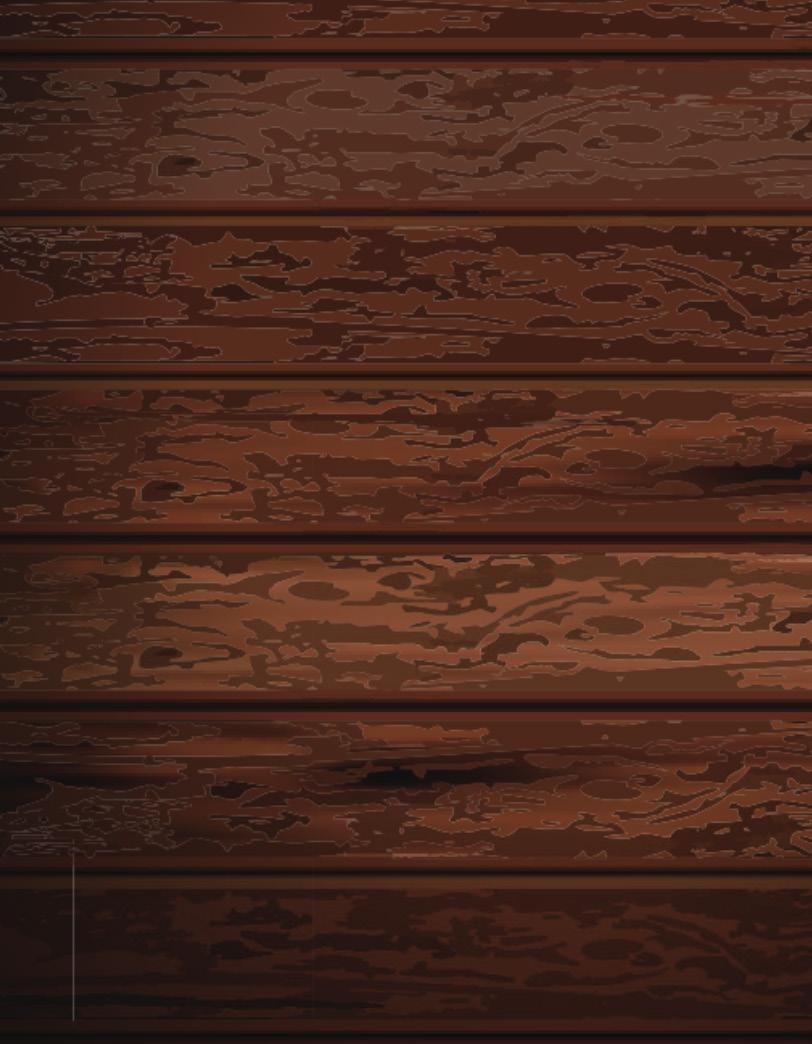


Spring 2024 | ACCESS MAGAZINE | 17
Chasing the Checkered Flag: Inside Spartan’s Racing Club
Maya Pettiford Managing Editor @mayaaajadee
“Design. Build. Test. Compete.”
That is exactly what San José State University’s (SJSU) Spartan Racing club does. Endorsed by the engineering department, the club builds a formulastyle car each year. The finished product is taken to the Michigan International Speedway where over 100 schools race against each other in hopes of winning the Formula SAE Michigan competition.
Spartan Racing was first established in 2008 and raced for the first time in 2009. There are currently 80 members in the club.
“The purpose is to train and foster the next generation of automotive engineers and business students and majors so that they can enter industry well prepared,” philosophy senior Patrick McGowan said. He currently serves as the president and business leader of Spartan Racing.
Spartan Racing has placed in the top five a total of 12 times during competitions and continues to fight for the top spot. The last competition the club won was in 2023 at the SoCal Shootout, ranking in first place. A few of the cars are still operational and used as examples for future members.
McGowan said that the racing season is broken up into two parts. “The design” season is when students reflect on the previous formula-racing car and discuss potential changes for the upcoming season. It gives students a chance to voice their opinions on how they want to enhance the car’s design.
“The build” is where everything comes together. All designs and concepts that the team worked on during the fall semester are built and put together to create a formula-racing car in the spring.
18 | ACCESS MAGAZINE | Spring 2024


While Spartan Racing is an engineering club, there are numerous active members from other disciplines. The club encourages students from all majors to join and become a part of the team. The members are initially assigned to smaller subteams that are tasked with different aspects of the car’s total construction.
“Not a lot of non-engineering majors get the chance to do this kind of stuff,” marketing junior Robine van Veen, a member of the Spartan Racing business team said. “I learned how to weld, and sure I’m not really going to do anything with it in life, but I mean, it was a super cool experience.”
First-year members are referred to as interns. This gives students without much engineering skills the opportunity to shadow different parts of the team and learn the necessary skills to help build the car.
Mechanical engineer sophomore Vincent Avila, a suspension team intern for Spartan Racing, said that first-year members get tasked with projects that don’t significantly impact the team. This ensures that any mistakes made during the learning phase do not severely damage the car’s overall function. However, this does not mean interns are left out of the mix. They are still able to be a part of the team and showcase all they are learning during their time in the program.
“My biggest achievement so far is when we were setting up the rolling car two weeks ago,” Avila said.
“I was designing a component for the car my first time which is the rear push rods and also assembling them to make sure the wrong car happens, designing an actual component was awesome.”
Not only does Spartan Racing teach SJSU students, but it also sets out to be an example for the younger generations. Members often provide tours of their workshop to high school students, sharing their knowledge and demonstrating what they could create if they join the club.


Spring
ACCESS MAGAZINE
2024 |
| 19
Photos: Courtesy of Spartan Racing Spartan Racing formula-style car being driven at Michigan International Speedway.
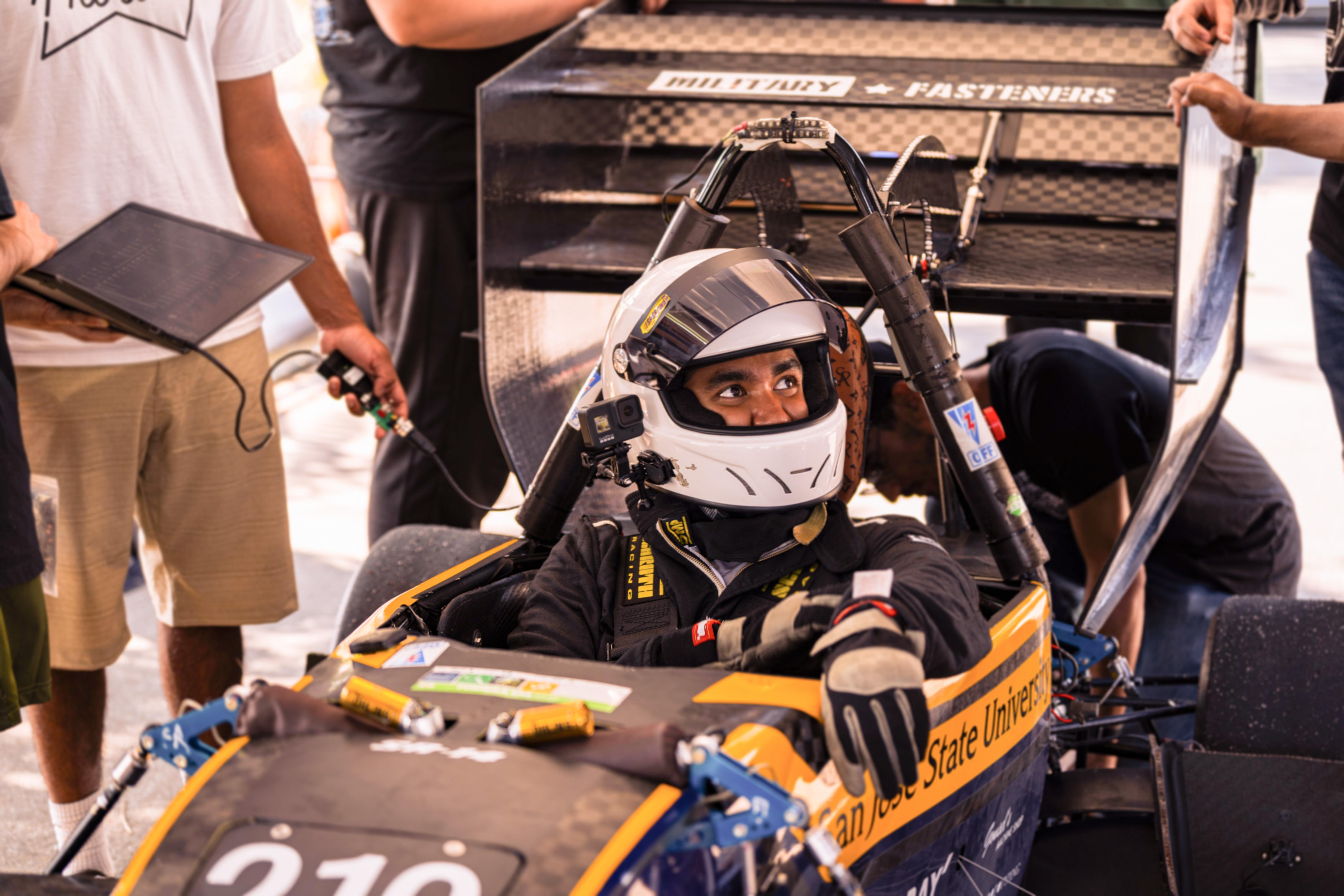
McGowan said that high school students watch content of previous races and have the option to sit in the formula-racing car. There are mentors in the Spartan Racing club and the club stays in contact with the students in case they need input on robotics or competitions.
“Being able to show all these high school students the project feels really good,” mechanical engineering senior Rahul Shetty, the chief engineer for Spartan Racing said. “It is usually graduating juniors or seniors who come into the workshop and their jaws drop when they see the car and they don’t want to leave the room.”
” I’m not joking when I say this has been the most fun experience of my entire education career.
”
Patrick McGowan Philosophy senior
Shetty said that the reason he looked forward to attending SJSU was because of a tour he took in high school. This tour showed him the possibilities for his future and presented the opportunity to become a member of the club.
“It felt really good to keep that cycle going,” Shetty said.
The club hopes to gain more exposure and continue achieving success in racing competitions moving forward. While a big aspect of the club is winning competitions for a lot of the members, the friends, experiences and lasting memories they get out of the club are worth way more.
“I’m not joking when I say this has been the most fun experience of my entire education career,” McGowan said.
20 | ACCESS MAGAZINE | Spring 2024
Photo: Courtesy of Spartan Racing SJSU Student sitting in a formula-style car designed by Spartan Racing at Michigan International Speedway





Amenities Catered to You! NOW LEASING! 24hr Gym Pool Deck + Jacuzzi 24hr Study Rooms Yoga Studio Game Room Dog Park WWW.THEGRADSANJOSE.COM Feel at Home! We strive to make The Grad a welcoming home for all of our residents! Find us in the heart of Downtown San Jose, just steps away from San Jose State University. Enjoy your days exploring the heart of downtown or even stay in and enjoy your beautiful views! Schedule a tour today to see our beautiful views, along with fully furnished units, and our amazing amenities! DOWNTOWN SJ LUXURY STUDENT HOUSING (408) 320-2819 thegrad@assetliving com 88 E San Carlos St San Jose, CA 95112 Come in for a Tour!

From Black and White to the
Iridescent
Exploring SJSU’s Tucked Away Creative Art Scene
Jennifer Yin Staff Writer @misslovetohaight
Tucked away in San José State University’s (SJSU) Art and Design Building resides six art galleries where students can submit a proposal to showcase their artwork during the department’s weekly rotation cycle. Visitors are greeted upon entry with rows of maroon-colored lockers, walls adorned with informative fliers and showcases filled to the brim with photographs of previous students before entering the galleries.
Master of Fine Arts (MFA) pictorial art freshman and assistant for the Art Gallery Office Zoey Fletcher said that gallery slot proposals change by the time students put up their display. The Art Gallery Office follows a pattern where the galleries are open to all students who had their application approved during the first seven to eight weeks of the semester.
“It’s a weekly rotation of students,” Fletcher said. “The next three weeks are the Bachelor of Fine Art (BFA) shows, so final-year undergraduates put up a show as a department requirement which is a culmination of four long years of students honing their practice. The next two weeks are Advancement to Candidacy shows, then two weeks of thesis shows and the final week of the semester are class shows.”
On the first floor, visitors step into Gallery 5 where Shea Windberg, an MFA photography senior, has their installation, Absolute Immobility. The exhibit’s title represents Windberg’s relationship with scopophobia.
According to Medical News Today, scopophobia is a type of phobia where people have an excessive fear of being watched, looked at, or perceived. Individuals may feel overwhelmed or have a sense of danger and the need to escape.
“It’s more than stage fright because it’s not situational and it’s something that you always think about when you’re in any public setting,” Windberg said. “It’s the idea that you’re under surveillance so you lose subjectivity, individuality or the fact that you’re a personal subject as an individual. Doing this photo series allowed me an opportunity to curate the reception of my image and identity, to take some form of power back within that gaze power dynamic.”
“
” It’s something that I wanted to respond to in a way that wasn’t obvious or sensationalized.
”Shea Windberg Master of Fine Arts photography senior
They said they were influenced by the work of Francis Bacon and incorporated the artist’s interpretation of the scream, to represent the idea of being trapped inside one’s mind. Windberg’s incorporation of nails represents the idea of being penetrated by the human gaze and the barbed wires floating around it symbolize a form of threat.
“The nails don’t penetrate the images but it’s really close,” Windberg said. “It can also represent self harm. That’s something that I and a lot of people



22 | ACCESS MAGAZINE | Spring 2024

that I’ve been close to have struggled with is self harm as a result of depression. It’s something that I wanted to respond to in a way that wasn’t obvious or sensationalized.” The exhibit also highlighted their thoughts regarding gender which can be seen represented in their photobiography.
keep to the themes of being intuitive, interactive, light and most importantly fun.
“All the pictures are of myself and that’s something that I like to explore is genderless bodies in space, the way that they are dictated, regulated and controlled by the gaze,” Windberg said. “It’s the way that people have always defined me by the idea that I’m supposed to be a man and that is supposed to mean certain things in terms of society and sexuality.”
“Outside of Windberg’s theme of gender and overcoming one’s fear, another student gallery, the Caterpillar Parlor, offers visitors an opposite interaction— a glimpse into the whimsical.
Walking through the building’s staircases, visitors carried themselves to the second floor where they had access to SJSU’s Black Gallery and were instantly engulfed in a sea of iridescent tinsel. Onlookers gazed upon illuminated cocoonlike structures in an all-black room. Other structures were seen interlaced with ribbons, fuzzy pipe cleaners and lace that were seemingly wrapped as a caterpillar would do as it produces silk for its final phase of metamorphosis.
Caterpillar Parlor, constructed by BFA spatial art seniors Mia Cuenca, Celeste Dowlan, Aaliyah Gomez and BFA digital media senior Catherine Thy Lê. The group’s main focus for their exhibit was to





Spring 2024 | ACCESS MAGAZINE | 23
Photos: Jennifer Yin
Art pieces: Absolute Immobility
Photo of Shea Windberg on left

“For a lot of our personal and other school projects, there is a seriousness with it,” Cuenca said. “For this, we wanted to have fun and it manifested into this really fun thing. We wanted to keep it light and not over-stress ourselves with the outcome. So that’s something that I want to take away from this project is to have that mindset that I’m overthinking.”
Before construction, the group wanted to focus on the supplies they had on hand before starting with constructing their art pieces. “I had a lot of leftover material that I had been hoarding and that’s when we started looking at the material and it was something that we all gravitated towards,” Lê said. “It set things into motion and it was all a very organic and intuitive process.”
”We were all on the same wavelength about so many parts of this project that everything fit in perfectly.
”Catherine Thy Lê Digital media senior
The group selected each piece of art within their collection to have its own unique identity. One of the pieces contained dried leaves intertwined with pink ribbons, another had holes punched into it to allow viewers to look inside as if they were inside a cocoon and the largest structure resembled a giant ladybug with black spots drawn on it. Despite the differences in size and composition, the collection came together in a well-balanced and cohesive manner.
“Another thing that was important was filling up the space so that when you walk through it you feel immersed in it and it was interactive. When we were putting together the project, we did not have all that space to spread our forms out so it was constricted. So when we put it in the gallery, we had to widen it out which had more of a good flow which is important in displaying artwork in a gallery,” Dowlan said.
The art pieces also displayed a variation of mixed mediums amongst the group’s diverse art abilities. Fletcher said how the Art and Art History department has four practice areas: digital media, pictorial 2D painting, sculpture, printmaking and

24 | ACCESS MAGAZINE | Spring 2024
drawing. She continued how students who have these interdisciplinary skills may have any number of time-based, digital, interactive, 3D and 2D works of art on display.
Dowlan previous work in ceramics came into play when curating the molding for the larger cocoon art pieces. “I like making organic, large and lumpy forms so that’s how I came up with the idea of putting the plastic cellophane wrap around it and heat-gunning it onto the wire so that I was able to make these hollow shapes that vaguely is reminiscent of my ceramic work,” She said.
Afterward, Cuenca focused on the interactive portion of the exhibit. “I wanted to make something as interactive as possible so adding the fan last minute added movement and having tinsel coming down. People were able to walk through it, touch it and it added more of an imbalance to everything,” She said.
The fan’s circulation aided in keeping the gallery temperate for visitors and could be felt as it passed through the exhibit causing the tinsel to come to life as its iridescent colors danced around the reflection of the overhead studio lights.
Caterpillar Parlor, also displayed interpersonal themes outside their concept of interactiveness, intuitiveness and fun. The group members represented collaboration, trust within each other and most importantly a symbol of girlhood with each member positively uplifting one another, sharing nail inspiration and nicknames for one another.
“It was funny when Celeste mentioned naming it, Caterpillar Parlor, when we first were trying to get the name in the group chat because I was also thinking about caterpillars,” Lê said. “We were all on the same wavelength about so many parts of this project that everything fit in perfectly. All the puzzle pieces came together so nicely.”



Spring 2024 | ACCESS MAGAZINE | 25
(From left) Catherine Thy Lê, Celeste Dowlan, Aaliyah Gomez and Mia Cuenca
Art piece: Caterpillar Parlor
Photos: Jennifer Yin
spartan Community the leaders OF THE
Denisse Velasco Staff Writer
Associated Students (A.S.) acts as a voice of representation for San José State University(SJSU) students. The organization is composed of student leaders who focus on what is best for Spartans by helping students through leadership and advocacy.
According to the SJSU website, the board of directors has 13 different positions including the finance and operations committees. They operate nine departments such as Transportation Solutions, César Chávez Community Action Center and the Child Development Center.
The board ensures that there is communication between the different departments that are fundamental to the success of students.
Elected students work to fix issues that happen on campus.
Biomedical engineering junior Ariana Lacson has a long history of working in A.S.. She has served as vice president, director of co-curricular affairs and was just elected to be the next president.
“I’ve had such an amazing experience so far in A.S. ever since my freshman year and have truly learned and grew so much not only as a leader but as a person as well,” she said. “It’s given me the platform to give back to the SJSU community and beyond and be a voice for all students and really advocate to administrators and staff on stuff students need and want changed.”
Lacson said that A.S. has different interactive events guided towards finding ways to de-stress, socialize and entertain students.
“Last semester [Fall 2023] we had over 6,500 students check into A.S. events,” president and CEO of Associated Students of the 2023-2024 school year, public health junior Sarab Multani said.
Students have shared that these social events are a great place to meet and take a break from their studies since college students are usually on a tight schedule. Having an on-campus social event creates easy access.
”Together, we can create a vibrant and inclusive environment where everyone’s voice is heard and value.
”
Diya Doshi Data science junior
The program provides resources that are beneficial for different student lifestyles.
“Free evening Lyft program and even providing student parents an affordable opportunity for putting their kids in daycare while they go to class,” Lacson said. “We also have a bunch of different job opportunities for student assistants and different mentorship and community service opportunities.”
“Our events department has put on the Puppies and Packages, Spartans Got Talent and Fire on the Fountain events,” chief elections officer and aerospace engineering junior Leonardo Plazola said.
Even though broad tools are provided to students they also do specific case work. Data science junior Diya Doshi who acts as the director of academic
26 | ACCESS MAGAZINE | Spring 2024
 Graphic: Erilyn Le
Graphic: Erilyn Le
affairs gave a specific example of how A.S. advocates as a voice for students.
“One powerful instance comes to mind from last semester when a group of students faced a challenge,” Doshi said. “The College of Engineering’s sudden decision not to accept a change of major applications for Spring 2024 left these students in an uncertain situation. Despite having completed prerequisite courses aligned with their desired majors, they were at risk of delaying their graduation by a year.”
Hearing this news Doshi jumped into action to help these students.
“Leveraging the resources and connections available through A.S., I swiftly connected these students with the appropriate channels,” she said. “Together, we navigated the petition process and relentlessly pursued a solution. And you know what? Our efforts paid off.”
A.S. used their efforts to advocate for the students while using their connections and tools. Doshi was a key contributor in navigating the journey of finding a solution for the students.
“Being part of student government is more than just holding a position, it’s about making a difference and leaving a lasting impact on your school community,” Doshi said. “By joining A.S., you have the opportunity to represent your peers, voice their concerns, and work towards positive change. Whether it’s organizing events, advocating for student needs or fostering a sense of unity, your involvement can shape the student experience for the better.”
A.S. changed the lives of students beyond academics by providing financial support for students.
“We also provide student organizations with funding so they can initiate their own programs and activities,” Multani said. “This year we’ve allocated roughly 94,000 in scholarships, 120,000 in book vouchers, and over 175,000 in organization funding.”
A.S. is filled with diverse resources that are important in shaping a thriving culture for students to flourish at SJSU.
“Together, we can create a vibrant and inclusive environment where everyone’s voice is heard and valued,” Doshi said.
Spring 2024 | ACCESS MAGAZINE | 27
Where
Thou? Art
Saturn Williams Staff Writer @saturn.sjsu

Secrets tucked away at M.L.K. Library
Through following the monarch butterflies that cascade up the South East Stairwell or locating the door to Wonderland, one can discover just a few eyecatching oddities running through eight floors of the Martin Luther King, Jr. (MLK) Library, Recolecciones by Mel Chin.
Chin is an award-winning conceptual artist with public sculptures creating landmarks all over the globe. According to the National Gallery of Art, he is known for the environmental and multicultural themes that run through his body of work.
The San José Public Art Program commissioned Chin to create a vision for the permanent art fixtures that would live within the MLK Library after it was built. In 1999, Chin wrote on his website that he aimed to juxtapose the library’s clean, modernist architecture with interior pieces that were opaque, lifelike and puzzling.
“To the building’s expanses of glass, we counterpose points of stone,” Chin said. “In response to its open, functional, readable qualities, we intervene with moments of wonder and amazement.”
Recolecciones translates to “memories” and “gathering” in Spanish, a multilingual reference from Chin to the library’s information-harvesting nature.
By 2004, the collection was completed with approximately 34 pieces created in collaboration with over 30 artists. Some sculptures are in plain view and others in obscure crannies of the library.
“I know that they’re sprinkled all over the building, all eight floors, and that there’s a lot of them,” spatial art graduate student Cynthia Gonzalez said.
Whether it’s a leather-bound chair with a cattle brand on it (Round-Up), an unusable gong on the wall of a quiet study floor (Gong & Scale) or a secret rotating, double-sided bookcase (Fiction/Fiction), these pieces play with the observer’s expectations of the library space.
Photos: Analyn Do
Design studies senior Michael Dhont looking at the Migration art piece

“If you don’t know what’s happening, it’s just random,” Gonzalez said. “But if you learn about how it’s incorporated into the building, it’s pretty cool.”
28 | ACCESS MAGAZINE | Spring 2024

Gonzalez first learned about the concept behind the collection through a public art class in their undergraduate years at San José State University (SJSU), becoming enamored with the playful curiosity that the pieces conveyed.
“It’s like playing hide and seek sometimes, you just find things in the bathroom or in the staircase or a random butterfly sprinkled here and there,” Gonzalez said.
When Professor Shannon Rose Riley began teaching creative arts at SJSU in 2008, a faculty mentor gave her a tour of Recolecciones. She fell in love with how the art encouraged people to interact with the public space in unconventional ways. Today, she is a local expert on the collection.
“This kind of art demands that we pause and go, ‘what the fuck?’” Riley said.
Riley highlighted the feeling of wonder in discovering and interacting with the pieces. Migration is one of her favorites with the way its metal butterflies form paths to follow throughout the library.
“For me, it’s the one piece that most activates your awareness,” Riley said. “Because I’m not looking at stacks, I’m reading the ceiling.”
She also leaves Fiction/Fiction slightly ajar whenever she visits the library, exposing the façade to the next person who takes an interest in the bookshelf.
“I think life is already hard and that we need to connect to the arts to give us some wonder,” Riley said. “A lot of people think that the arts are for someone else, but this is our library and it’s all over it.”
Katherine D. Harris, Director of Public Programming for the College of Humanities and the
Arts, revels in the interactive nature of public art like Chin’s.
“The thing about public art is that you’re invited to touch it, to be beside it, to stand on it, to lean on it,” Harris said. “There’s no wall like what you get in a museum where you ‘can not touch’ the Van Gogh.”
With its coyness and cross-cultural elements, Recolecciones mirrors the diverse local art scene as well. Harris coordinates tours of the art in the area through Public Art as Resistance in San José. According to Harris, the beauty of Downtown San José’s public pieces lies in being tucked away between buildings, hidden around corners and requiring the observer to take the time to look for them.
“That’s what public art does, it brings us together and gives us a voice as a community,” Harris said. “And then it gives us something as a starting point to have conversations, to learn about each other, to learn about the past and then look towards the future.”
Another aspect multiple patrons mentioned is the importance of keeping these community spaces with public art accessible in an era where third spaces are increasingly privatized.
“Why spend taxpayer money on public art if it doesn’t foster belonging and critical thinking and if we don’t think that’s part of being a contributing member of a democracy,” Riley asked. “You need those things otherwise you are a cog in the wheel of capitalism.”
Another equally important aspect to Riley is engaging with the art and those spaces actively. One will never understand Recolecciones by passively milling about the pieces.
“It’s hidden because part of its magic is in its discovery,” Riley said.


Spring 2024 | ACCESS MAGAZINE | 29
Art piece Fiction/Fiction
Art piece: Vessel
 Taylor Shepherd Staff Writer @taylor.shepherd
Taylor Shepherd Staff Writer @taylor.shepherd
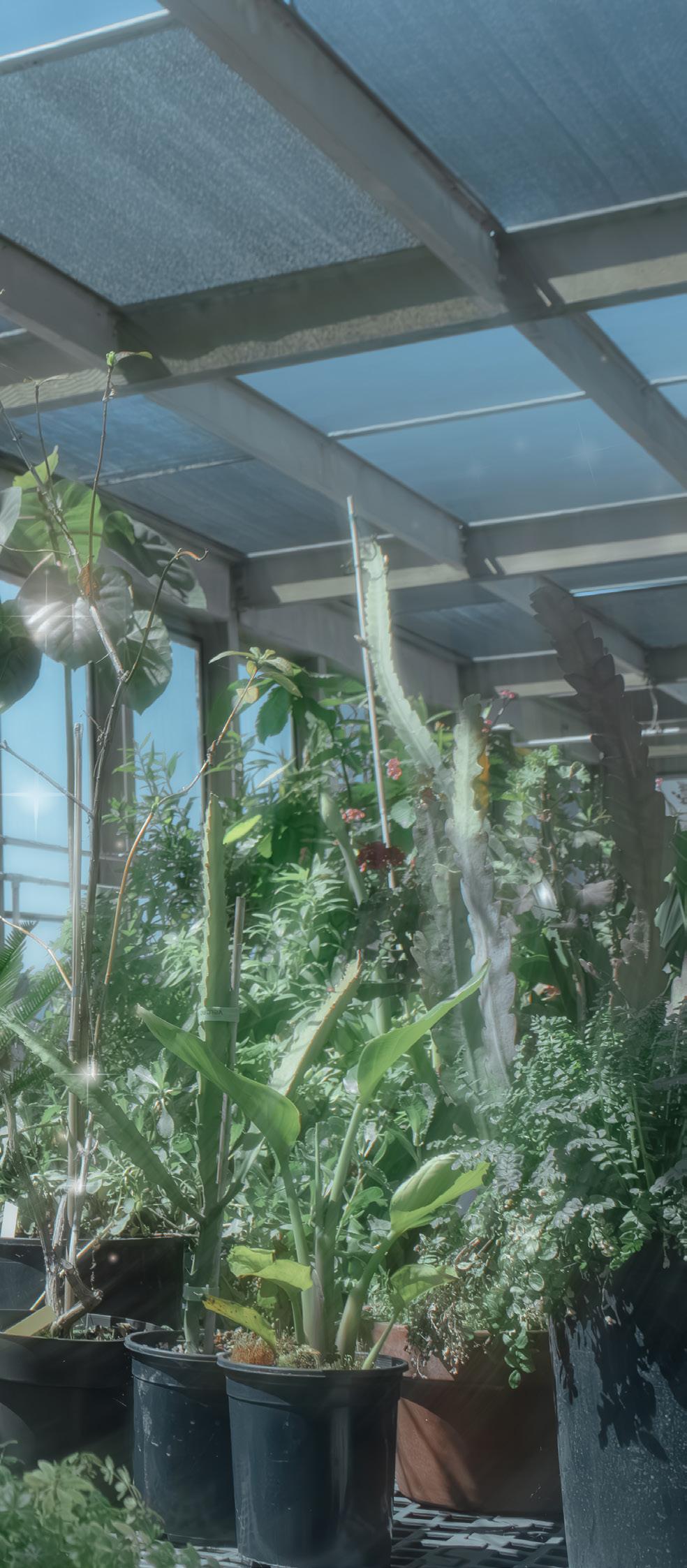


Hidden above Duncan Hall at San José State University (SJSU), a secret is waiting to be discovered. With about 3,600 square feet of growing area, a rooftop greenhouse hides in plain sight. This hidden gem has become a beacon for those who have been able to visit it and a curiosity to those unfamiliar with it.
The mysterious facility is used for research by students and faculty.
Curator of the Carl W. Sharsmith Herbarium biological sciences at SJSU Lars Rosengreen, manages the greenhouse.

physiological ecology, along with the California plant community distribution in relation to climate, geology and soils.
“
” We have about 1,000 different species of plants in 150 families.
Divided between three climatecontrolled greenhouses and a shade house, there are open patio areas.
“There is a large collection of plants that are used to support courses,” Rosengreen said. “We have about 1,000 different species of plants in 150 families.”
Ecology and evolution graduate student at SJSU Cyrus Zomorrodi, is a teaching assistant (TA) for a course titled Biology 31 and an advocate for the greenhouse.
Biology 31- Principles of Biology II, studies the diversity of life and the mechanisms by which that diversity has arisen. Concepts include: scientific method, origins of life, adaptation of organisms to different environments, ecology and evolution. This class consists of a three hour lecture and a three hour lab. Zomorrodi had just started taking classes as a Master’s student in the Lambrecht lab.
Taught by Professor Susan Lambrecht, the Lambrecht lab addresses concepts of plant
 Lars Rosengreen Greenhouse Manager
Lars Rosengreen Greenhouse Manager
“We use the greenhouse to do experiments,” Zomorrodi said. “As a Biology 31 TA, I have taken my students up to the greenhouse on several occasions.”
Blooming corpse flowers are one thing in particular that the Biology 31 students were able to see.
The blooming corpse flower is a rare tropical plant native to the rainforests of Sumatra, in Indonesia.

30 | ACCESS MAGAZINE | Spring 2024
SociologyseniorClaudiaM o ya
When in bloom, the plant releases a rotting scent.
“Recently, we went up to smell the scent of the newly blooming corpse flowers,” Zomorrodi said. “Needless to say, my students were enthralled.”
The scent is released because of the inflorescence of the plant (a collection of flowers acting as one) which generates heat allowing the stench to travel further. Since greenhouses trap heat, one can only imagine.
There is an estimation of fewer than 1,000 blooming corpse flowers remaining in the wild according to a 2021 United States Botanic Garden article.
“The smell is what some of my students compared to rotting fish, but it is also fascinating
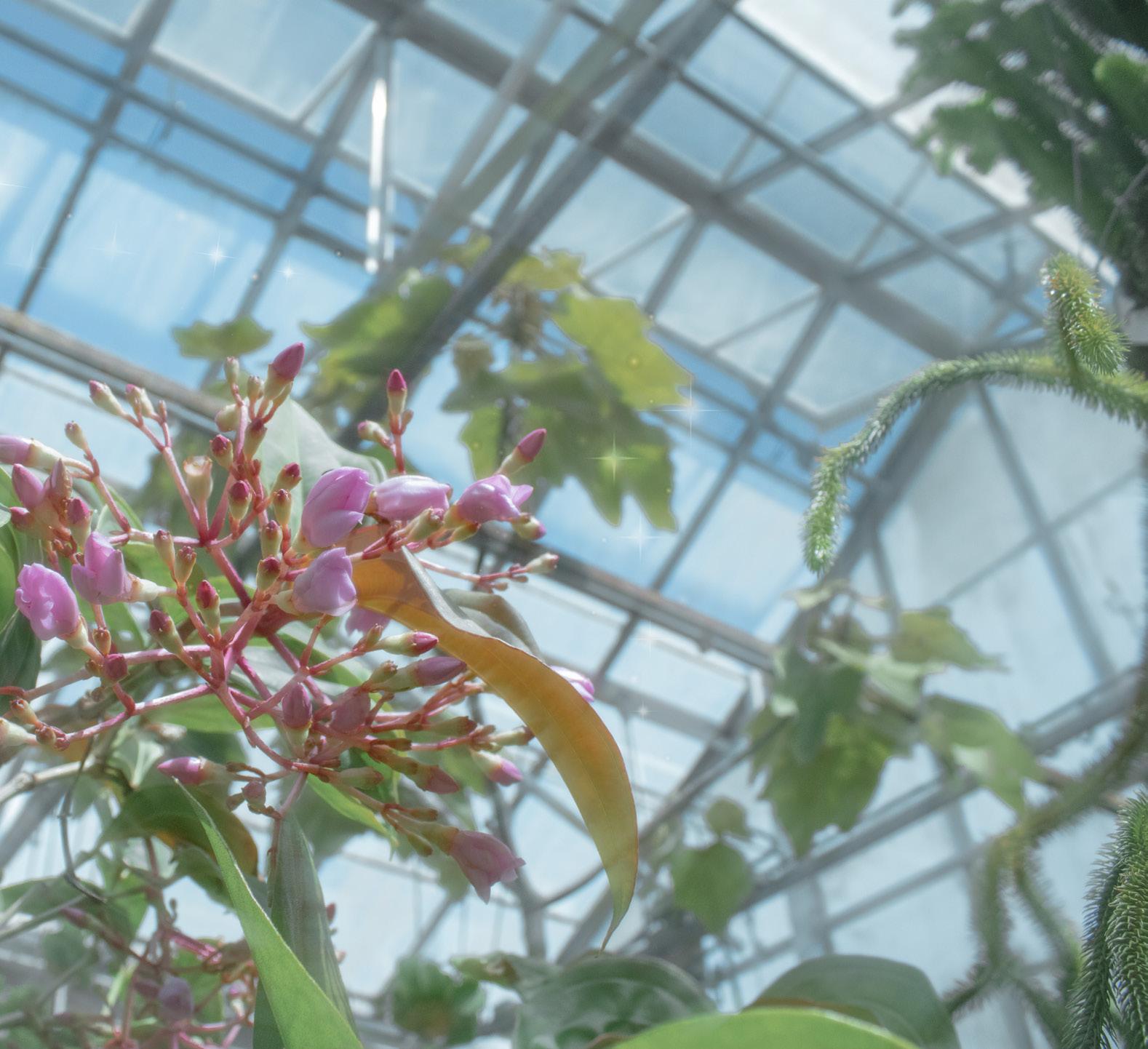
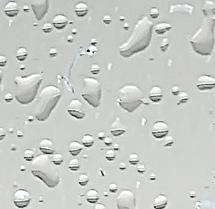



to be able to see so many exotic plants on the top of Duncan Hall,” Zomorrodi said. “Many students were surprised to hear about this and, as expected, many were in awe of our amazing collection of plants that is kept together by Lars.”
It goes without saying that students may want to take out a mask for this fishy excursion.
Many students are unaware that SJSU has a rooftop greenhouse. Kinesiology junior Suvroop Brar, was one of them.
“I have had classes in Duncan Hall before, but have never been informed about the greenhouse,”
Spring 2024 | ACCESS MAGAZINE | 31
Photos: Tracy Escobedo

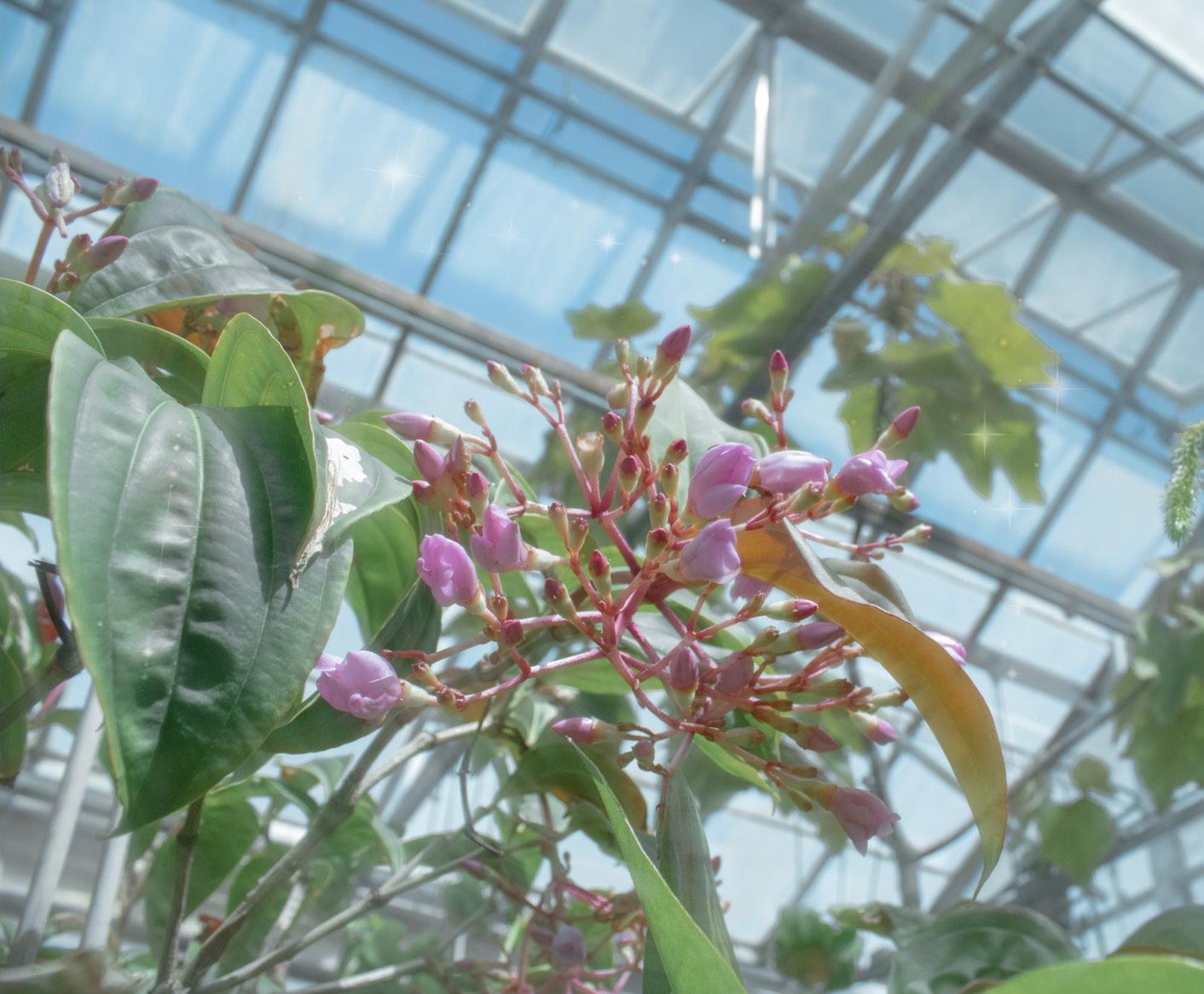
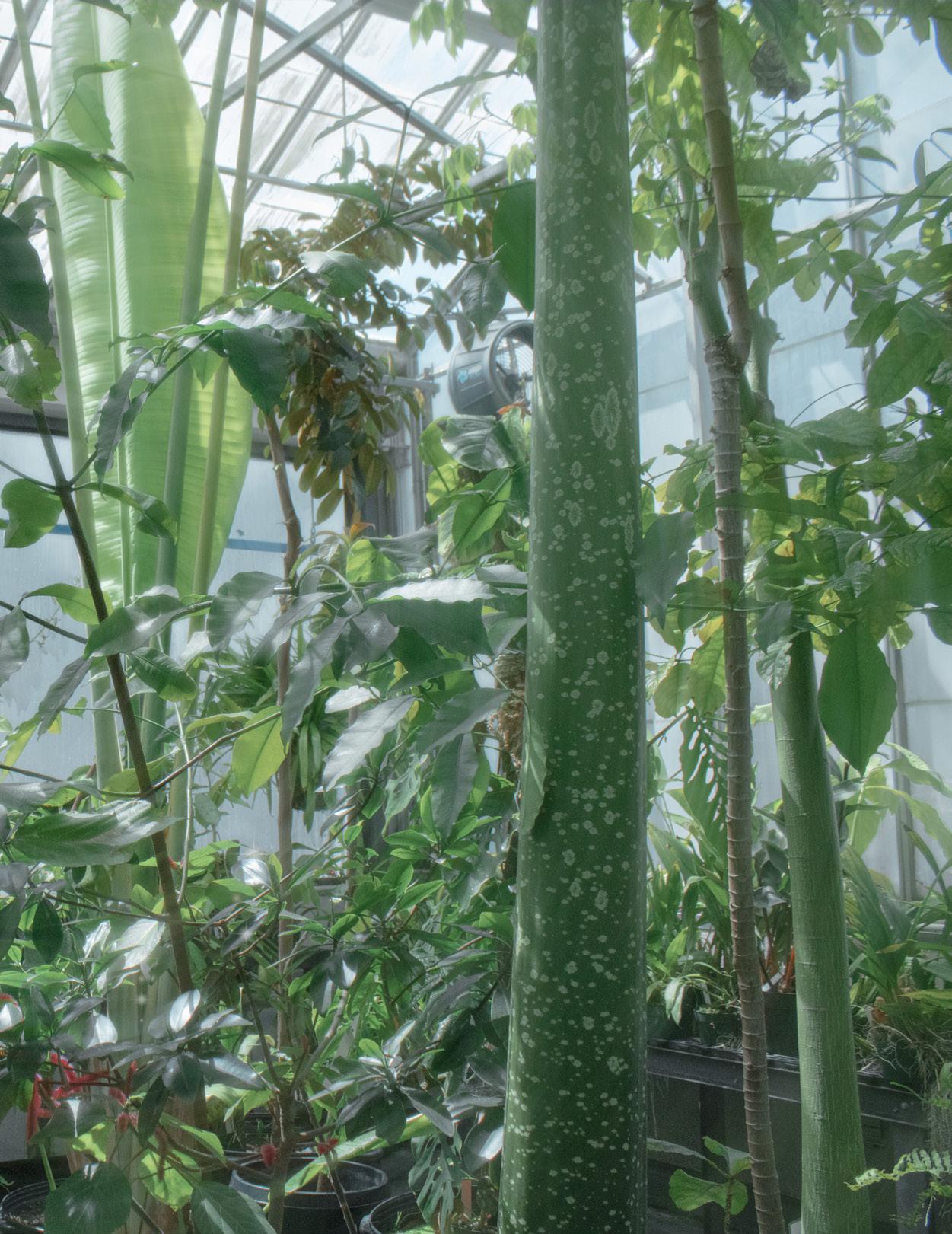




32 | ACCESS MAGAZINE | Spring 2024
Brar said. “It is a great idea that SJSU has a greenhouse for students as it can be a fun opportunity for students to learn more or serve as a little escape in nature.”
Corporate accounting and finance junior Adi Tuidelaibatiki, was also unaware of the greenhouse and found it to be a great hands-on experience for students to engage in sustainability issues.
“There is no better way to learn about sustainability and the environment than by experimenting with growing plants,” Tuidelaibatiki said. “I would definitely check it out because I

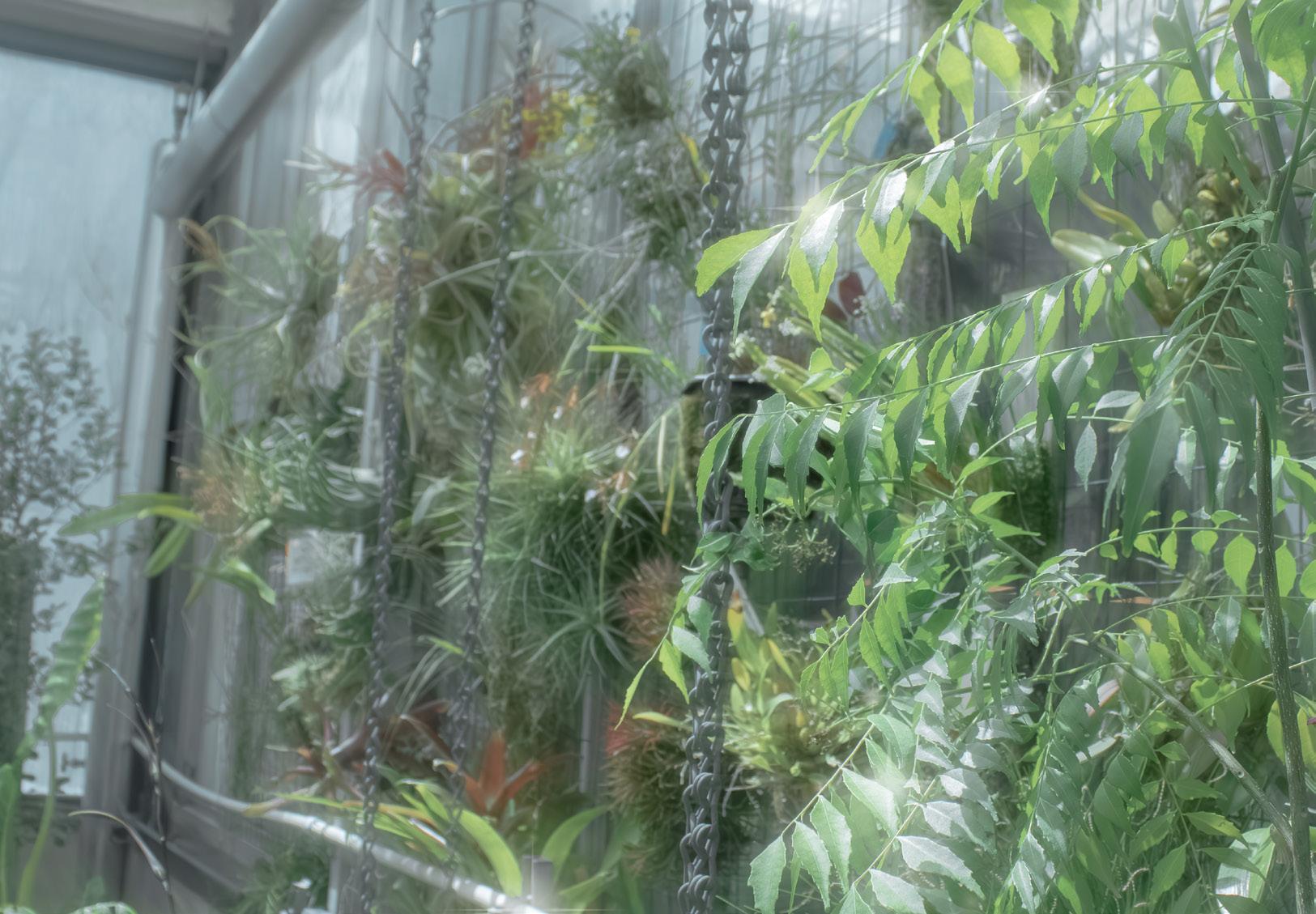



am always interested in learning new things and exploring the campus, and the rooftop for that matter is a great experience.”
Zomorrodi incorporates social media when expressing his love for the greenhouse here on campus.
“It is fascinating to be able to see so many exotic plants on the top of Duncan Hall.
Cyrus Zomorrodi Biology 31 Teaching Assistant
”
“We have a lot of cool orchids which I sometimes post on TikTok and it really engages the ecology community there,” Zomorrodi said. “Overall, I am super happy my students get to experience a location on campus that many students may not have access to due to its restricted access.”

Spring 2024 | ACCESS MAGAZINE | 33



sjsuaccess Stay connected and up to date with Access magazine by following us on social media!
@SJSUACCESS 34 | ACCESS MAGAZINE | Spring 2024
Photo: Jennifer Yin
Access Magazine is published by the School of Journalism and Mass Communications, San José State University
Photo of Mia Cuenca and Catherine Thy Lê

EXECUTIVE EDITOR
TRACY ESCOBEDO
MANAGING EDITOR
MAYA PETTIFORD
CONTENT & COPY EDITOR
JILLIAN DARNELL
COPY EDITOR
MARIE ANTOINETTE AQUINO
SOCIAL MEDIA MANAGER
LOREN BALL
GRAPHIC DESIGNERS
AVA CENIZAL, JILLIAN DARNELL, SIMON HAUPT, WINNY KUNG,
ERILYN LE, Winnie Liang
STAFF WRITERS
Jennifer Yin, Amaya Reynolds, Taylor Shepherd, Denisse Velasco, Saturn Williams, Sophia Sipe, Unathi Zibi Lebbie
PHOTOGRAPHERS
analyn do, Conor Uyekawa, WINNIE LIANG
ADVISER
Nisha Garud Patkar
Spring 2024 | ACCESS MAGAZINE | 35
Photo: Winnie Liang
 Photo: Tracy Escobedo
Photo: Tracy Escobedo







































 Loren Ball
Social Media Manager @lorenball_
Loren Ball
Social Media Manager @lorenball_



 Photos: Analyn Do
Photos: Analyn Do











 Photos: Courtesy of The Accidental Geographer Provost and senior vice president of academic affairs Vincent Del Casino interviewing professors for The Accidental Geographer podcast.
Photos: Courtesy of The Accidental Geographer Provost and senior vice president of academic affairs Vincent Del Casino interviewing professors for The Accidental Geographer podcast.






 Sociology senior Yomaira Ramirez enjoying a cup of coffee.
Photos: Conor Uyekawa
Sociology senior Yomaira Ramirez enjoying a cup of coffee.
Photos: Conor Uyekawa





























 Graphic: Erilyn Le
Graphic: Erilyn Le





 Taylor Shepherd Staff Writer @taylor.shepherd
Taylor Shepherd Staff Writer @taylor.shepherd




 Lars Rosengreen Greenhouse Manager
Lars Rosengreen Greenhouse Manager























 Photo: Tracy Escobedo
Photo: Tracy Escobedo